On 1 April 2024, the Royal Canadian Air Force (RCAF) celebrated 100 years of service as a distinct military element.
As the Centennial year comes to a close, the RCAF would like to thank everyone who has supported us throughout this unforgettable journey! Together, we’ve celebrated 100 years of service, innovation and the incredible people who make the RCAF what it is today.
For current news and activities from the RCAF, please visit https://www.canada.ca/en/air-force.html
#YourAirForce #RCAF100








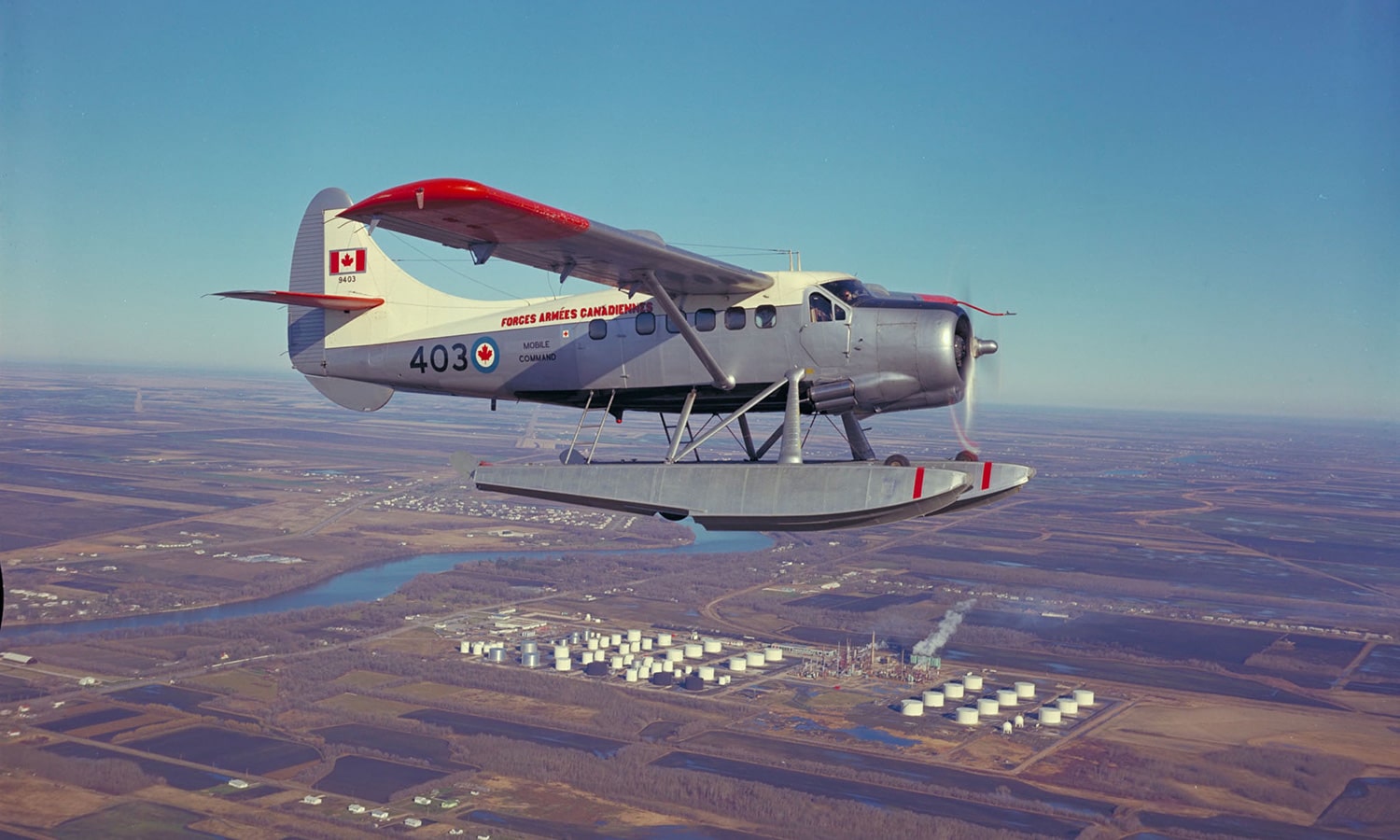





 100 Year Timeline
100 Year Timeline
Learn more about the evolution of the RCAF through memorable milestones and moments, our aircraft, and people, that have helped build and shape the RCAF you know it to be today.
Home | 100 Year Timeline





2 August 1909




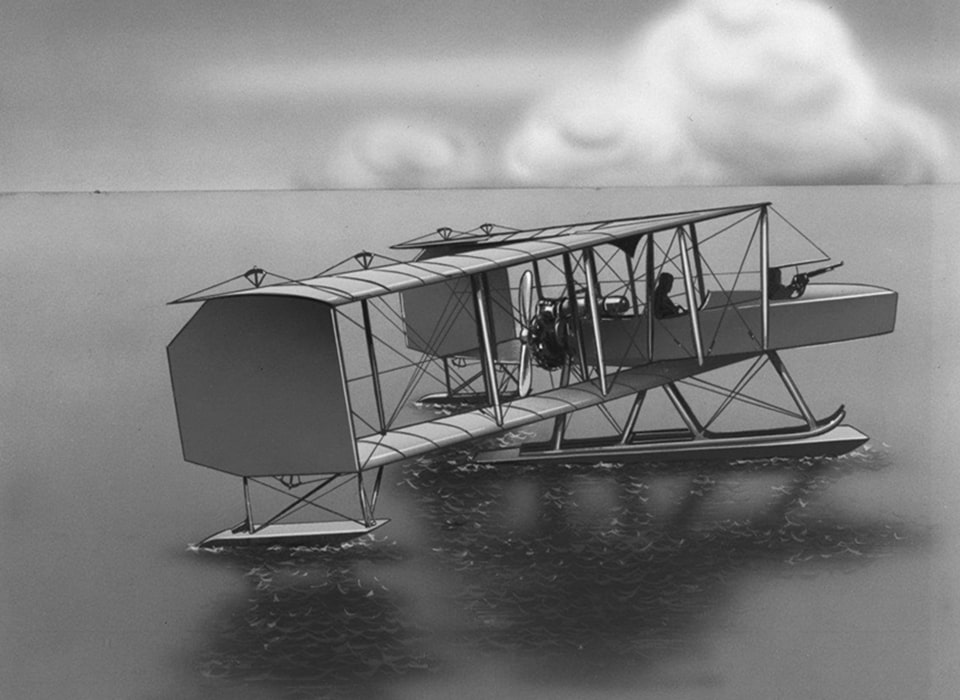


21 September 1914




14 December 1915







1 April 1924




17 July 1927







19 November 1938




3 September 1939







26 August 1940




16 October 1945







25 October 1951




23 May 1952




6 November 1956


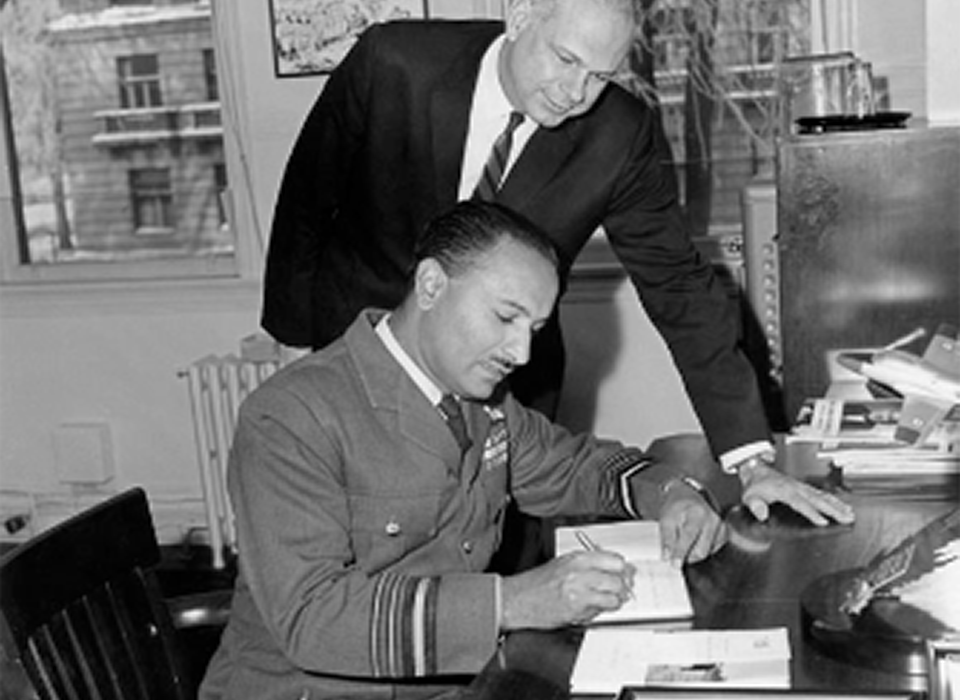


1 February 1968







2 September 1975

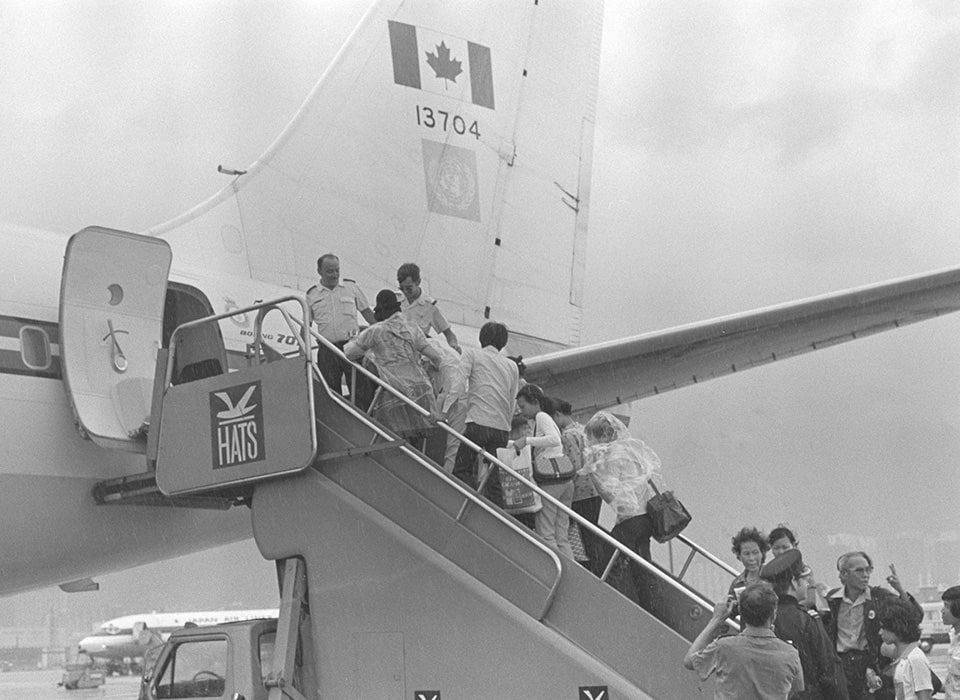


1 July 1979





4 October 1980







30 January 1991




1 February 1991




9 April 1994







30 December 2008




6 January 2009







26 April 2011




25 February 2013




25 June 2018





17 November 2021





September 1914
TOS:September 1914
SOS:May 1915
Designer:Burgess-Dunne
Manufacturer:Burgess-Dunne
Categorie(s):Reconnaissance







June 1920
TOS:June 1920
SOS:October 1928
Designer:Avro
Manufacturer:Avro, Grahame-White Aviation, Harland-Wolff, Hewlett & Blond, Sunbeam
Categorie(s):Trainer




June 1920
TOS:June 1920
SOS:February 1929
Designer:de Havilland
Manufacturer:Whitehead Aircraft
Categorie(s):Fire Patrols, Utility




June 1920
TOS:June 1920
SOS:February 1929
Designer:Royal Aircraft Factory
Manufacturer:Martinsyde, Vickers
Categorie(s):Fighter, Trainer

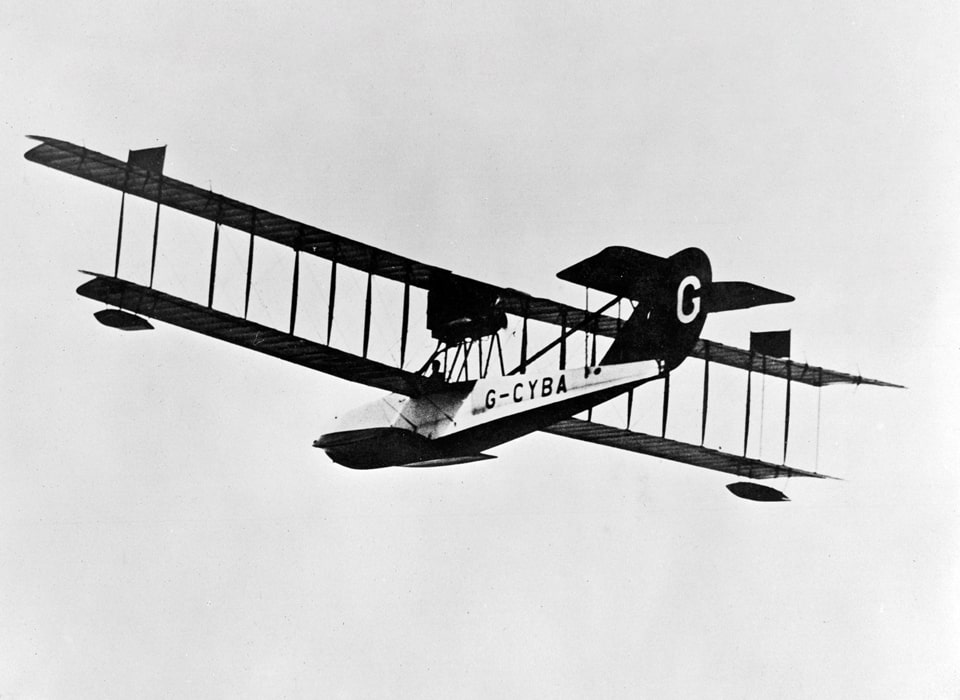


July 1920
TOS:July 1920
SOS:September 1928
Designer:Curtiss
Manufacturer:Curtiss Aeroplane, Gallaudet, Lowe-Willard-Fowler, Niagara Boat
Categorie(s):Aerial Surveying. Forestry Patrols, Fisheries Patrols, Training




September 1920
TOS:September 1920
SOS:January 1923
Designer:Curtiss
Manufacturer:Curtiss Aeroplane
Categorie(s):Trainer




October 1920
TOS:October 1920
SOS:November 1928
Designer:de Havilland
Manufacturer:Glendower
Categorie(s):Aerial Surveying. Forestry Patrols, Training




October 1920
TOS:October 1920
SOS:October 1920
Designer:Fairey
Manufacturer:Fairey
Categorie(s):General Duties




October 1920
TOS:October 1920
SOS:July 1929
Designer:Sopwith
Manufacturer:Boulton& Paul
Categorie(s):Fighter, Trainer




April 1921
TOS:April 1921
SOS:September 1923
Designer:Felixstowe
Manufacturer:Phoenix Dynamo, Short Brothers
Categorie(s):Forestry Patrols




February 1922
TOS:February 1922
SOS:January 1924
Designer:Curtiss
Manufacturer:Curtiss
Categorie(s):Aerial Surveying




August 1922
TOS:August 1922
SOS:February 1922
Designer:Bristol
Manufacturer:Bristol
Categorie(s):Fighter




August 1922
TOS:August 1922
SOS:November 1925
Designer:Martinsyde
Manufacturer:Martinsyde
Categorie(s):Fighter




August 1922
TOS:August 1922
SOS:October 1923
Designer:Sopwith
Manufacturer:Rushton Proctor
Categorie(s):Trainer




June 1923
TOS:June 1923
SOS:May 1931
Designer:Vickers
Manufacturer:Canadian Vickers, Vickers
Categorie(s):Aerial Surveying




September 1924
TOS:September 1924
SOS:November 1934
Designer:Avro
Manufacturer:Avro, Canadian Vickers, Grahame-White Aviation, Sunbeam
Categorie(s):Trainer, Utility




December 1924
TOS:December 1924
SOS:September 1928
Designer:Avro
Manufacturer:Canadian Vickers
Categorie(s):Forestry Patrols




July 1925
TOS:July 1925
SOS:January 1941
Designer:Canadian Vickers
Manufacturer:Canadian Vickers
Categorie(s):Aerial surveying, Forestry Patrols




July 1925
TOS:July 1925
SOS:January 1930
Designer:Avro
Manufacturer:Avro
Categorie(s):Trainer




January 1926
TOS:January 1926
SOS:August 1942
Designer:Armstrong Whitworth
Manufacturer:Avro
Categorie(s):Fighter, air demonstration




June 1926
TOS:June 1926
SOS:November 1932
Designer:Canadian Vickers
Manufacturer:Canadian Vickers
Categorie(s):Aerial surveying

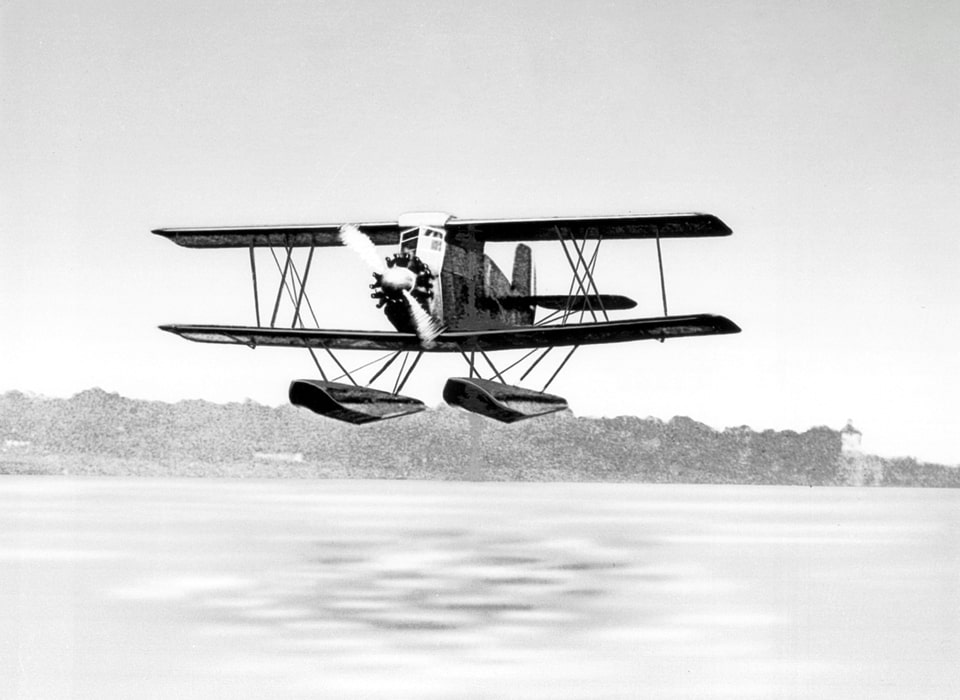


April 1927
TOS:April 1927
SOS:September 1927
Designer:Canadian Vickers
Manufacturer:Canadian Vickers
Categorie(s):Communications, Transport

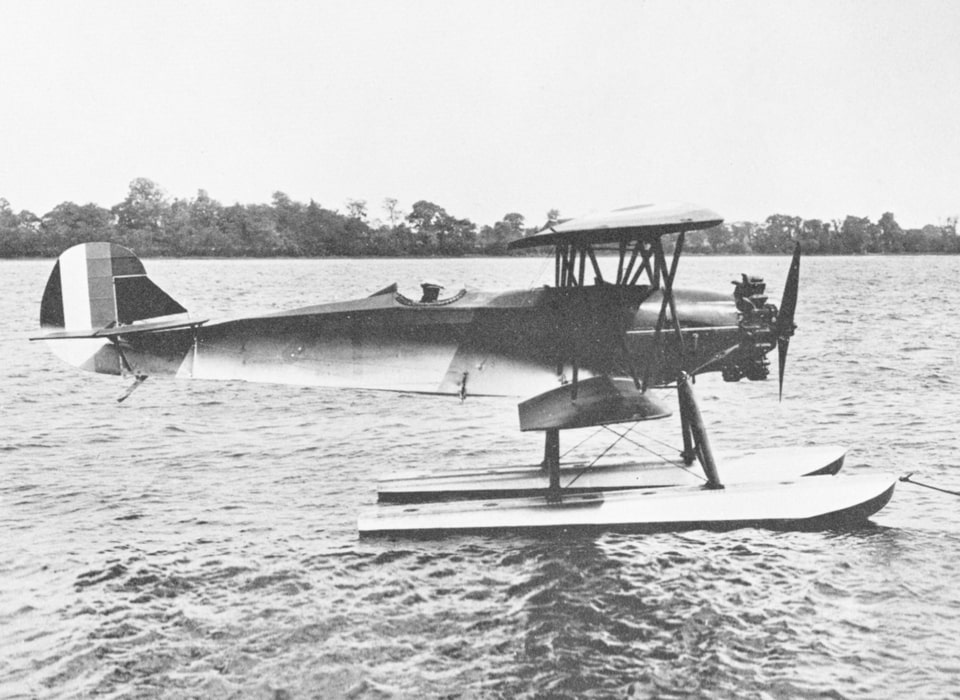


June 1927
TOS:June 1927
SOS:October 1934
Designer:Keystone
Manufacturer:Keystone
Categorie(s):Aerial Spraying




July 1927
TOS:July 1927
SOS:October 1930
Designer:Fokker
Manufacturer:Canadian Vickers
Categorie(s):Reconnaissance




August 1927
TOS:August 1927
SOS:January 1930
Designer:Douglas
Manufacturer:Douglas
Categorie(s):Aerial Surveying




October 1927
TOS:October 1927
SOS:November 1931
Designer:Fairchild
Manufacturer:Canadian Vickers, Fairchild (USA)
Categorie(s):Aerial Surveying, Transport




November 1927
TOS:November 1927
SOS:November 1928
Designer:Canadian Vickers
Manufacturer:Canadian Vickers
Categorie(s):Aerial surveying




November 1927
TOS:November 1927
SOS:May 1931
Designer:Canadian Vickers
Manufacturer:Canadian Vickers
Categorie(s):Forestry Patrols




December 1927
TOS:December 1927
SOS:May 1942
Designer:Armstrong Whitworth
Manufacturer:Armstrong Whitworth
Categorie(s):Tactical aviation, reconnaissance




January 1928
TOS:January 1928
SOS:May 1948
Designer:de Havilland
Manufacturer:de Havilland
Categorie(s):Trainer




February 1928
TOS:February 1928
SOS:April 1941
Designer:Consolidated
Manufacturer:Consolidated
Categorie(s):Training

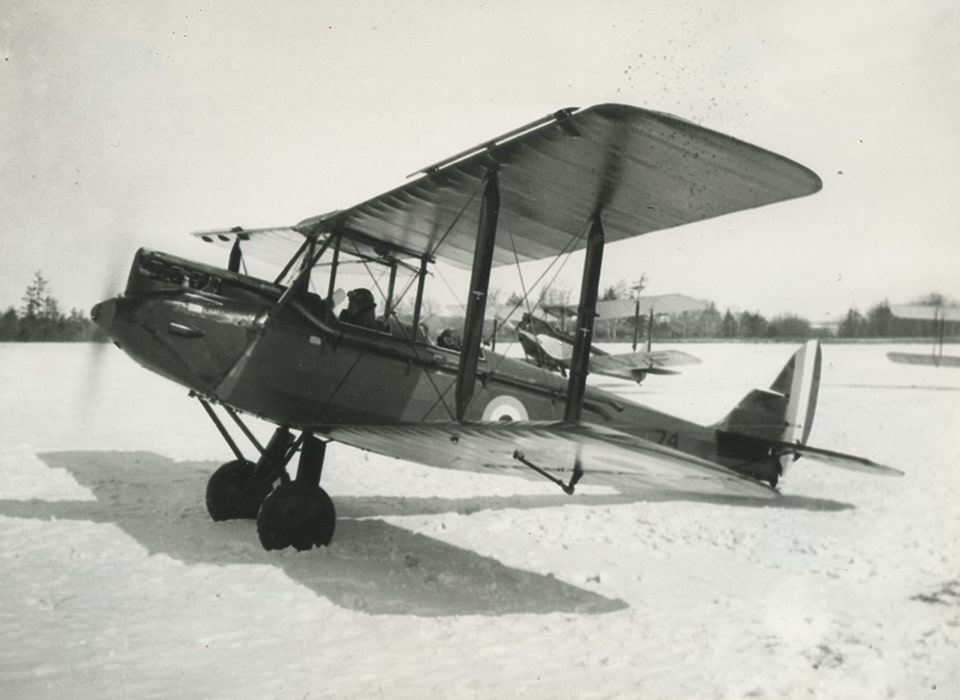


February 1928
TOS:February 1928
SOS:January 1932
Designer:de Havilland
Manufacturer:de Havilland
Categorie(s):Trainer

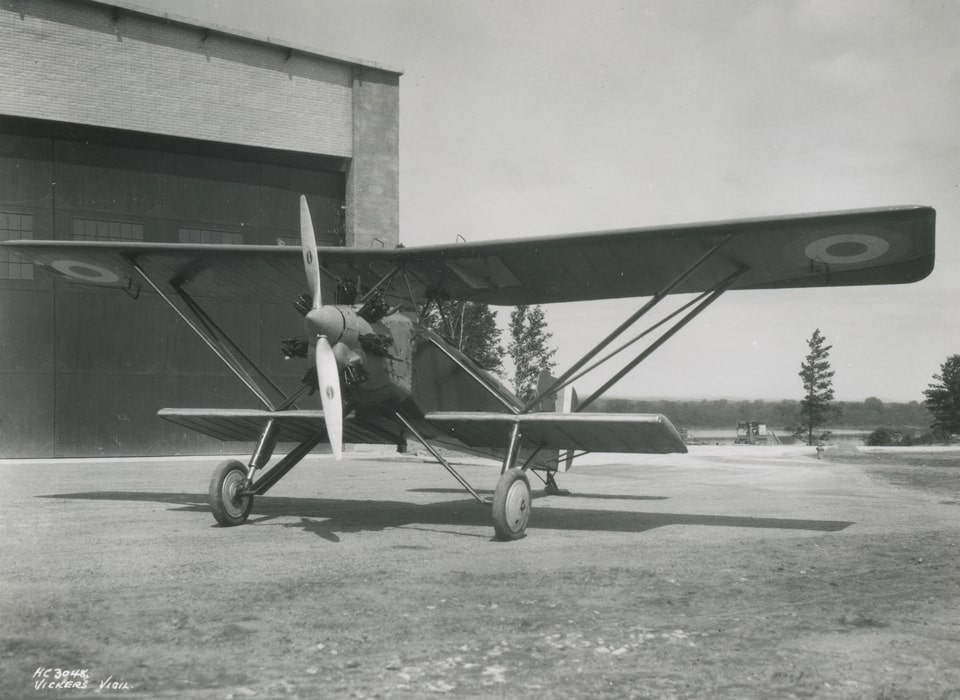


April 1928
TOS:April 1928
SOS:November 1930
Designer:Canadian Vickers
Manufacturer:Canadian Vickers
Categorie(s):General transport




April 1928
TOS:April 1928
SOS:January 1932
Designer:Pitcairn
Manufacturer:Pitcairn
Categorie(s):Transport

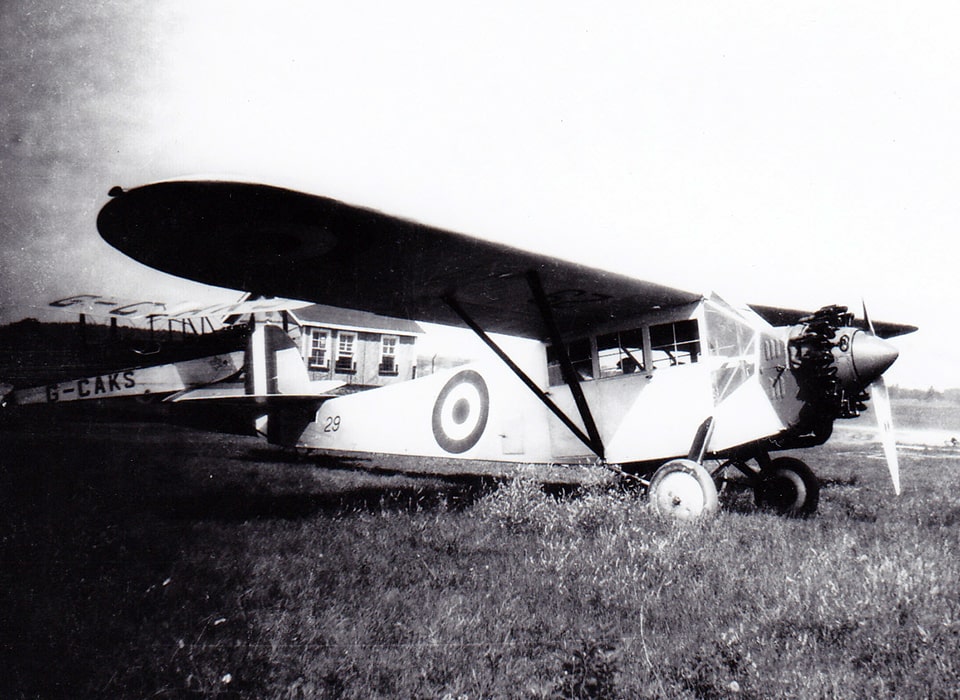


May 1928
TOS:May 1928
SOS:June 1937
Designer:Fairchild
Manufacturer:Fairchild (USA)
Categorie(s):Aerial Surveying, Transport

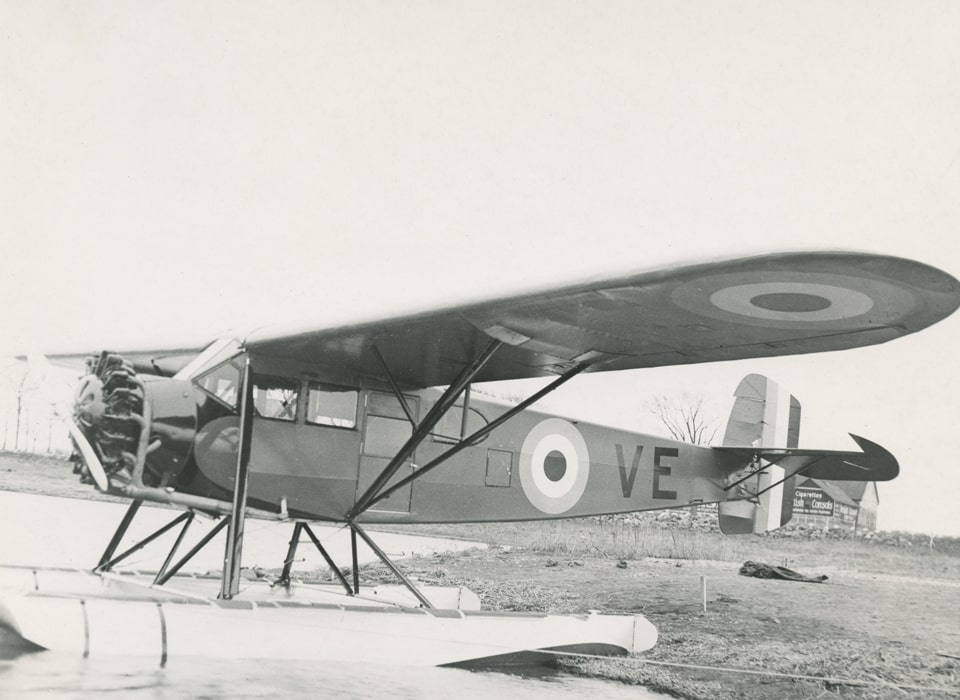


April 1929
TOS:April 1929
SOS:April 1942
Designer:Fairchild
Manufacturer:Fairchild (Canada)
Categorie(s):Aerial Surveying, Transport




April 1929
TOS:April 1929
SOS:August 1929
Designer:Fokker
Manufacturer:Canadian Vickers
Categorie(s):Transport

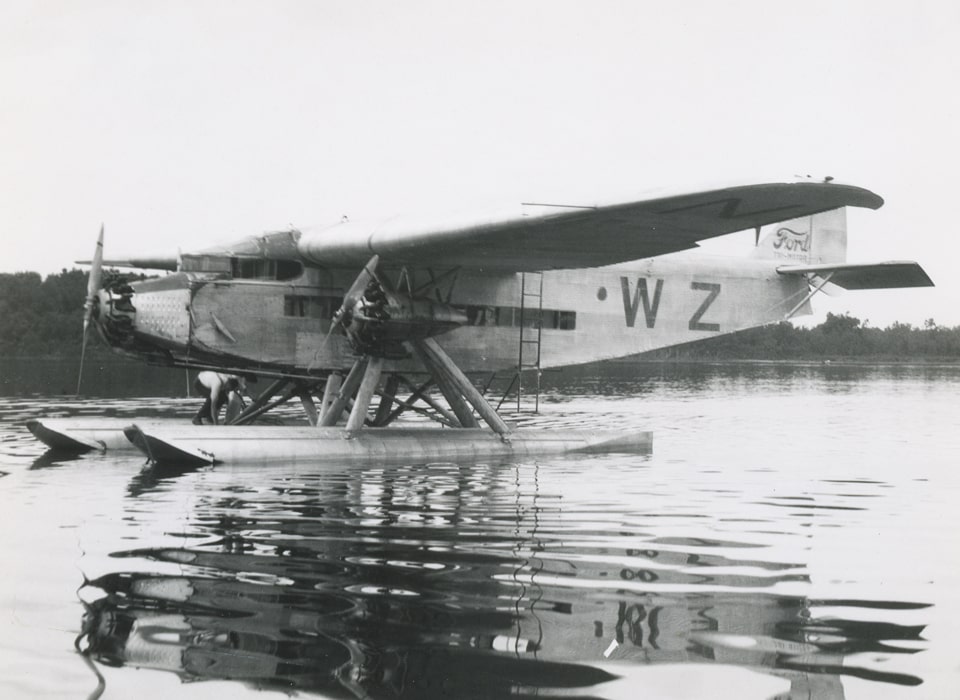


June 1929
TOS:June 1929
SOS:February 1937
Designer:Ford
Manufacturer:Ford
Categorie(s):Aerial Spraying, Transport




August 1929
TOS:August 1929
SOS:November 1940
Designer:Canadian Vickers
Manufacturer:Canadian Vickers
Categorie(s):Forestry Patrols, Maritime Patrol




September 1929
TOS:September 1929
SOS:May 1945
Designer:Avro
Manufacturer:Avro
Categorie(s):Trainer

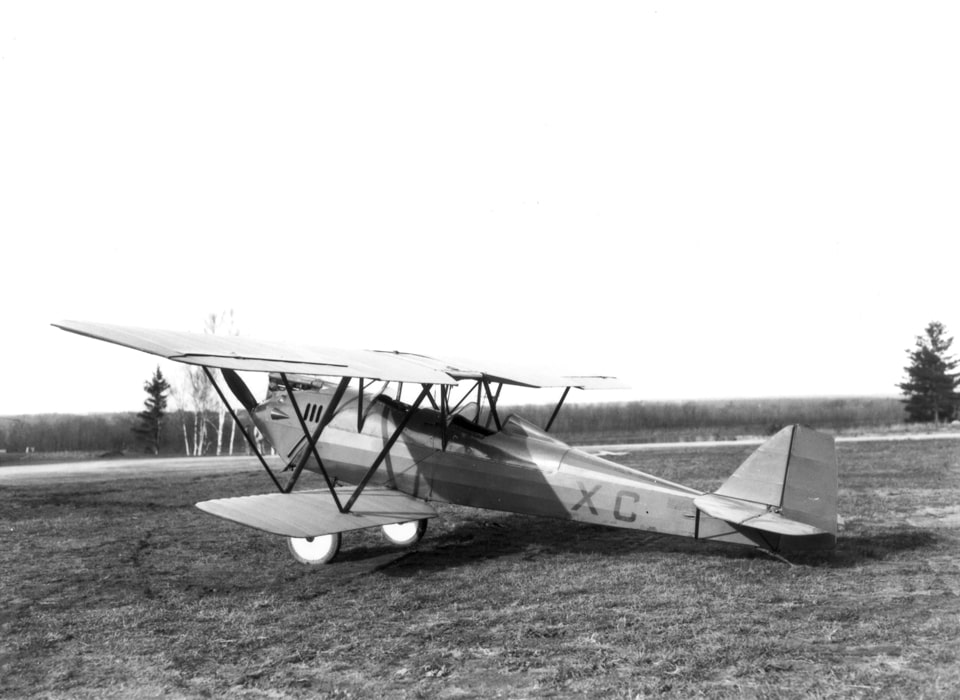


October 1929
TOS:October 1929
SOS:April 1954
Designer:Curtiss-Reid
Manufacturer:Curtiss-Reid
Categorie(s):Trainer




October 1929
TOS:October 1929
SOS:May 1938
Designer:Fairchild
Manufacturer:Fairchild
Categorie(s):Aerial Surveying, Transport




October 1929
TOS:October 1929
SOS:September 1930
Designer:Fairey
Manufacturer:Fairey
Categorie(s):Testing




October 1929
TOS:October 1929
SOS:February 1944
Designer:Bellanca
Manufacturer:Bellanca, Canadian Vickers
Categorie(s):Aerial Surveying, Utility







December 1929
TOS:December 1929
SOS:October 1935
Designer:de Havilland
Manufacturer:de Havilland
Categorie(s):General Duties

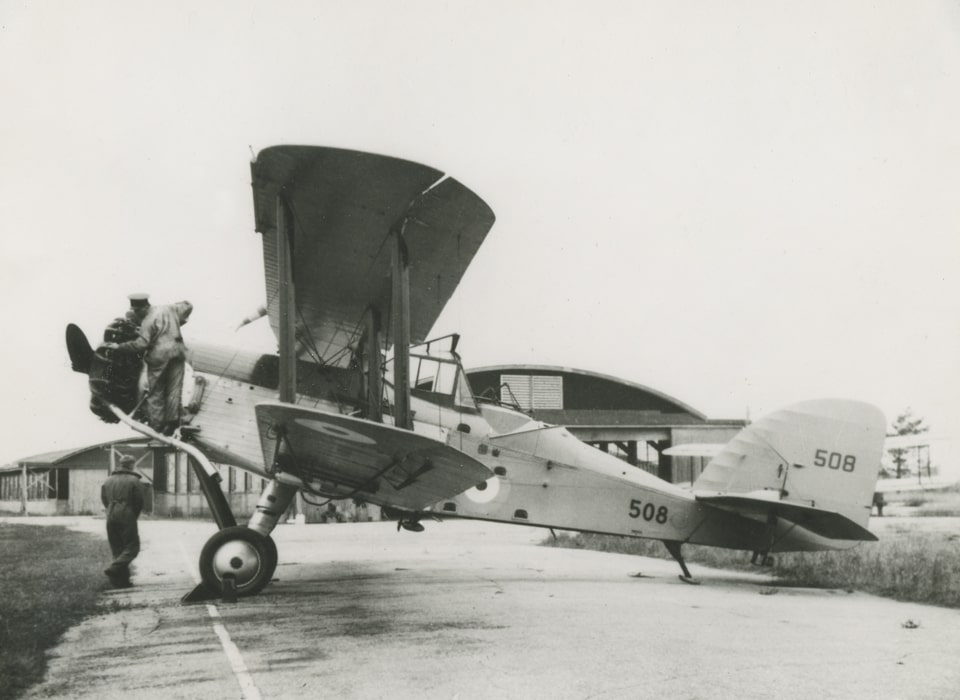


March 1930
TOS:March 1930
SOS:October 1944
Designer:Westland
Manufacturer:Westland
Categorie(s):Light Bomber, Maritime Patrol, Trainer




May 1930
TOS:May 1930
SOS:July 1943
Designer:Hawker
Manufacturer:Hawker
Categorie(s):General Duties




July 1930
TOS:July 1930
SOS:October 1946
Designer:Fairchild
Manufacturer:Fairchild
Categorie(s):Aerial Surveying, Transport




July 1930
TOS:July 1930
SOS:October 1936
Designer:Fairchild
Manufacturer:Kreider-Reisner
Categorie(s):Transport, Trainer

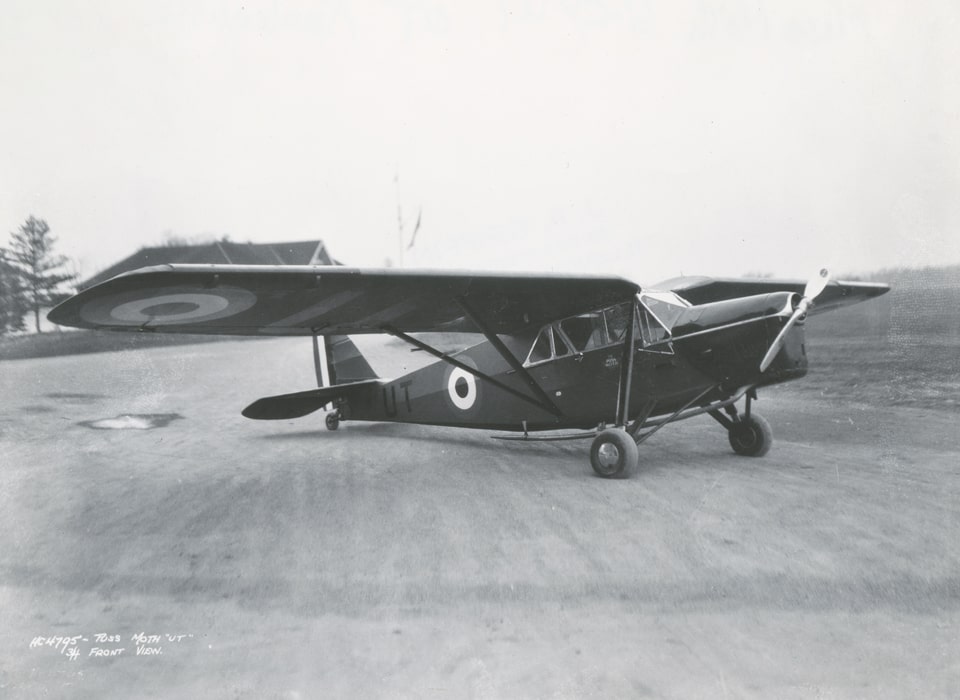


February 1931
TOS:February 1931
SOS:February 1944
Designer:de Havilland
Manufacturer:de Havilland Canada
Categorie(s):Trainer, Transport




April 1931
TOS:April 1931
SOS:January 1947
Designer:Fleet
Manufacturer:Federal Aircraft
Categorie(s):Trainer




August 1931
TOS:August 1931
SOS:September 1945
Designer:Avro
Manufacturer:Avro
Categorie(s):Trainer




October 1933
TOS:October 1933
SOS:October 1943
Designer:Hawker
Manufacturer:Hawker
Categorie(s):Testing, Trainer




August 1936
TOS:August 1936
SOS:April 1940
Designer:Fairchild (Canada)
Manufacturer:Fairchild (Canada)
Categorie(s):Aerial Surveying, Transport




September 1936
TOS:September 1936
SOS:February 1945
Designer:Northrop
Manufacturer:Canadian Vickers
Categorie(s):Transport, Patrol




October 1936
TOS:October 1936
SOS:August 1944
Designer:Blackburn
Manufacturer:Boeing Canada
Categorie(s):Torpedo Bomber, Maritime Patrol

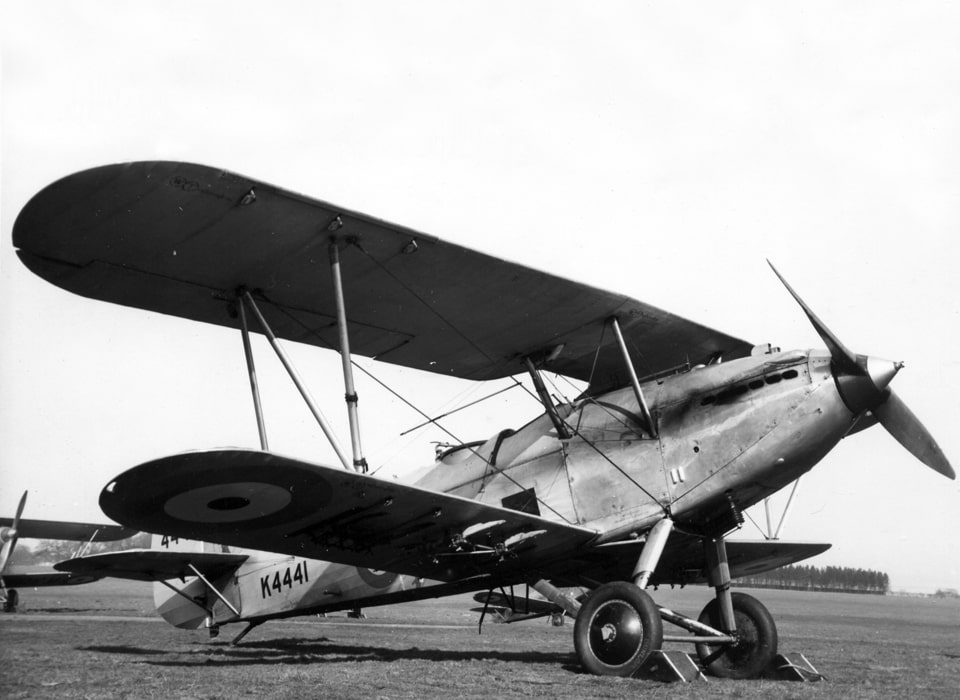


January 1937
TOS:January 1937
SOS:June 1943
Designer:Hawker
Manufacturer:Hawker
Categorie(s):Testing, Trainer

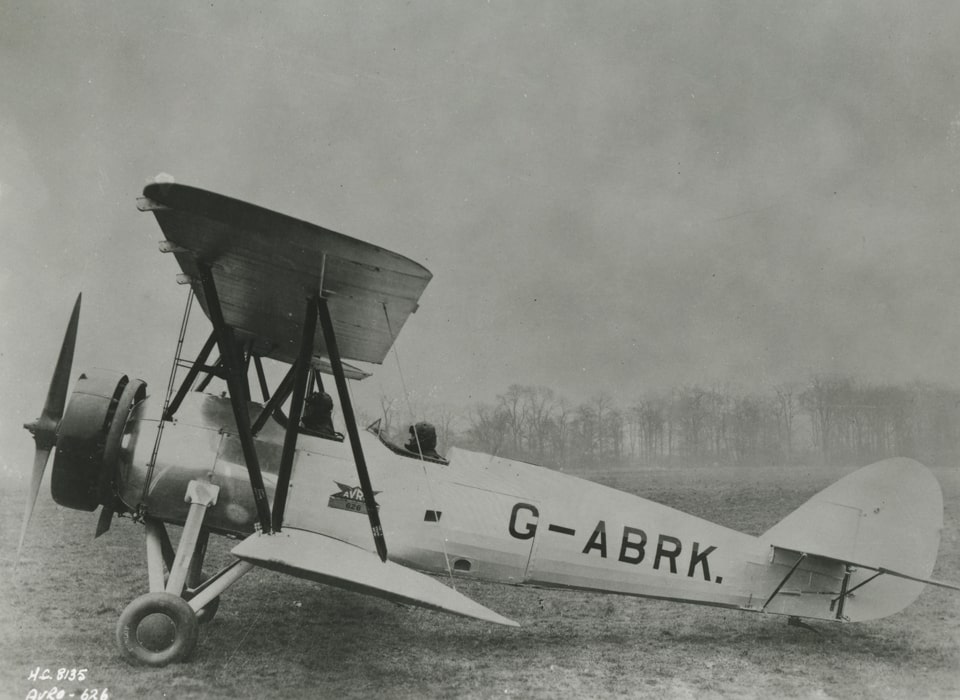


October 1937
TOS:October 1937
SOS:February 1945
Designer:Avro
Manufacturer:Avro
Categorie(s):Trainer




January 1938
TOS:January 1938
SOS:August 1948
Designer:de Havilland
Manufacturer:de Havilland (1), de Havilland Canada
Categorie(s):Trainer




July 1938
TOS:July 1938
SOS:February 1956
Designer:Grumman
Manufacturer:Grumman
Categorie(s):Transport




November 1938
TOS:November 1938
SOS:January 1946
Designer:Supermarine
Manufacturer:Canadian Vickers
Categorie(s):Maritime Patrol




February 1939
TOS:February 1939
SOS:June 1948
Designer:Hawker
Manufacturer:Canadian Car and Foundry
Categorie(s):Fighter




May 1939
TOS:May 1939
SOS:November 1947
Designer:Airspeed
Manufacturer:Airspeed
Categorie(s):Trainer

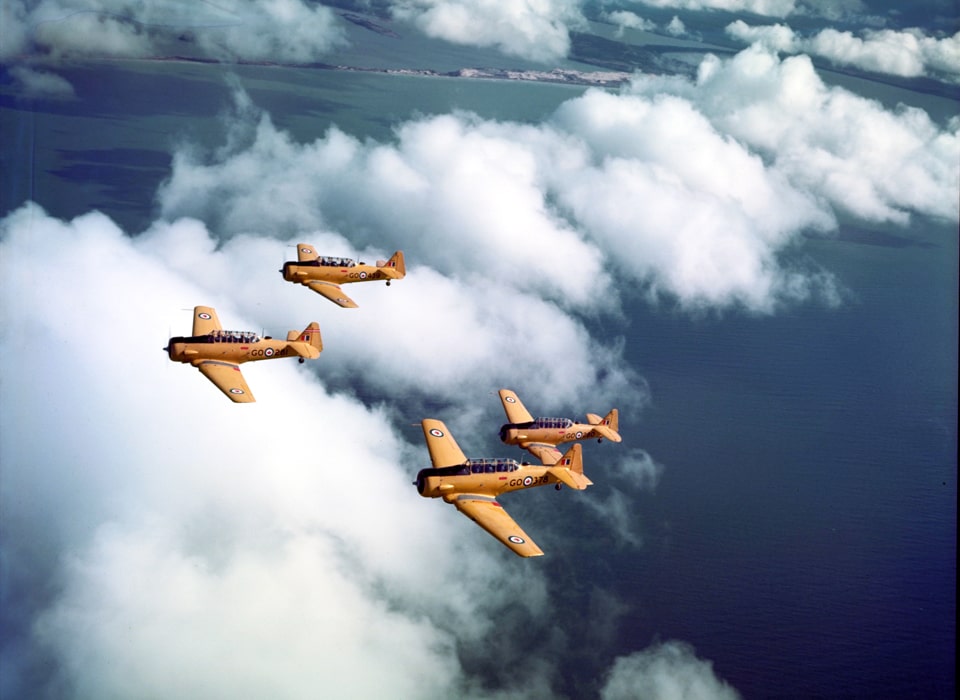


July 1939
TOS:July 1939
SOS:May 1946
Designer:North American
Manufacturer:North American
Categorie(s):Trainer




August 1939
TOS:August 1939
SOS:July 1946
Designer:Fairey
Manufacturer:Fairey
Categorie(s):Trainer, Target Tug




September 1939
TOS:September 1939
SOS:October 1941
Designer:Barkley Grow
Manufacturer:Barkley Grow
Categorie(s):Transport

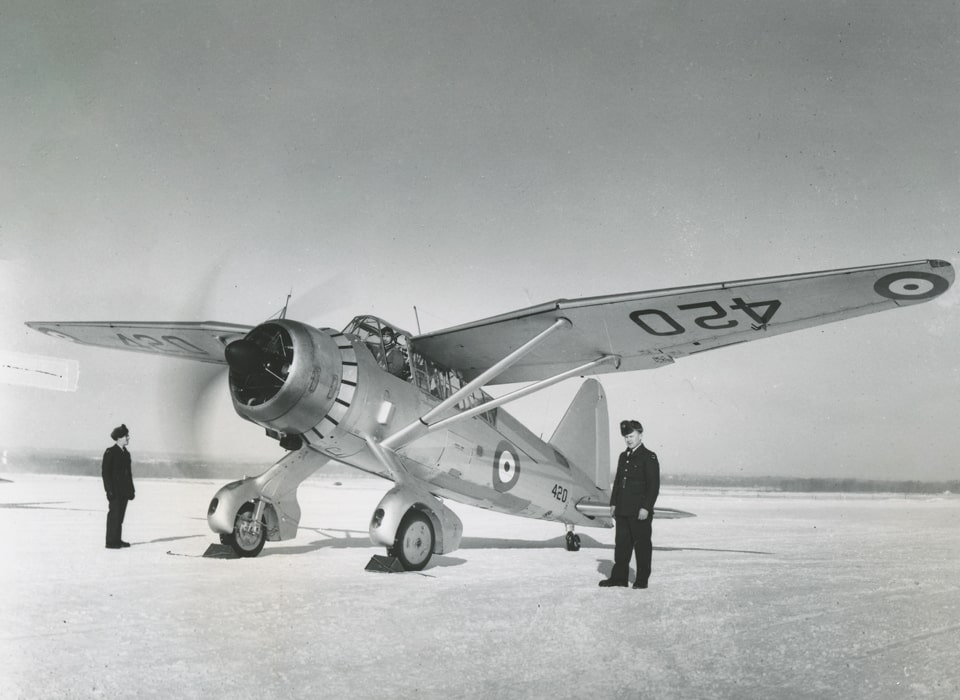


September 1939
TOS:September 1939
SOS:December 1946
Designer:Westland
Manufacturer:National Steel Car Co.
Categorie(s):Tactical Aviation, Target Tug




September 1939
TOS:September 1939
SOS:December 1948
Designer:Lockheed
Manufacturer:Lockheed
Categorie(s):Maritime Patrol




October 1939
TOS:October 1939
SOS:June 1947
Designer:Fleet
Manufacturer:Federal Aircraft
Categorie(s):Trainer




October 1939
TOS:October 1939
SOS:May 1946
Designer:Lockheed
Manufacturer:Lockheed
Categorie(s):Transport




November 1939
TOS:November 1939
SOS:July 1947
Designer:Bristol
Manufacturer:Fairchild Canada
Categorie(s):Bomber, Fighter, Trainer

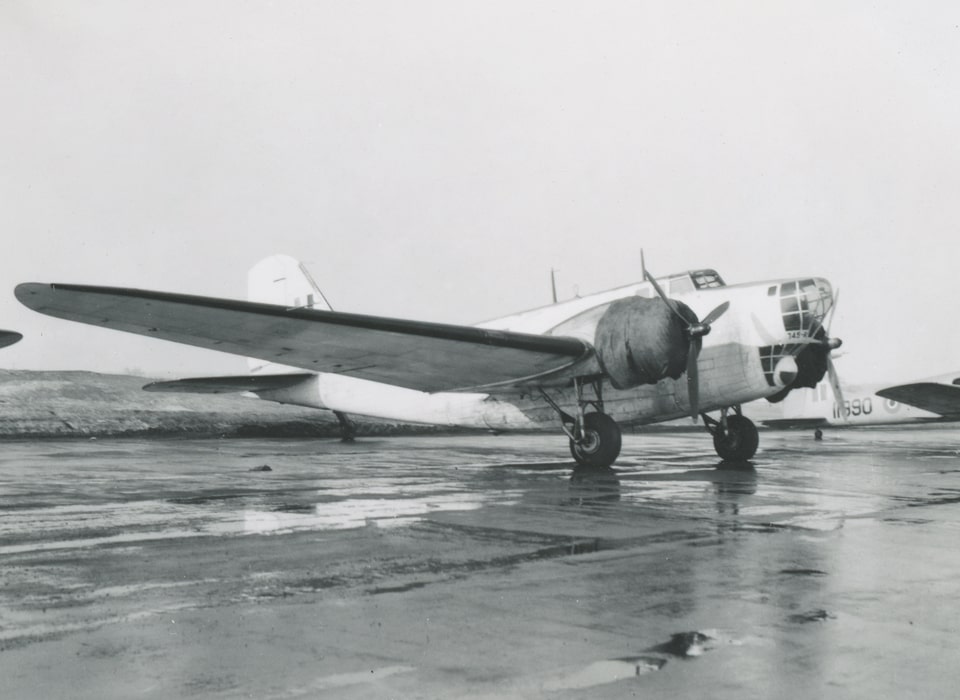


December 1939
TOS:December 1939
SOS:November 1946
Designer:Douglas
Manufacturer:Douglas
Categorie(s):Maritime Patrol







January 1940
TOS:January 1940
SOS:July 1957
Designer:Noorduyn
Manufacturer:Noorduyn
Categorie(s):General Duties, Trainer




February 1940
TOS:February 1940
SOS:September 1954
Designer:Avro
Manufacturer:de Havilland Aircraft of Canada, Federal Aircraft, Victory Aircraft
Categorie(s):Trainer




February 1940
TOS:February 1940
SOS:January 1950
Designer:Supermarine
Manufacturer:Supermarine
Categorie(s):Testing Aerial Surveying, Display




June 1940
TOS:June 1940
SOS:December 1942
Designer:Boeing
Manufacturer:Boeing
Categorie(s):Transport




June 1940
TOS:June 1940
SOS:February 1946
Designer:Lockheed
Manufacturer:Lockheed
Categorie(s):Transport

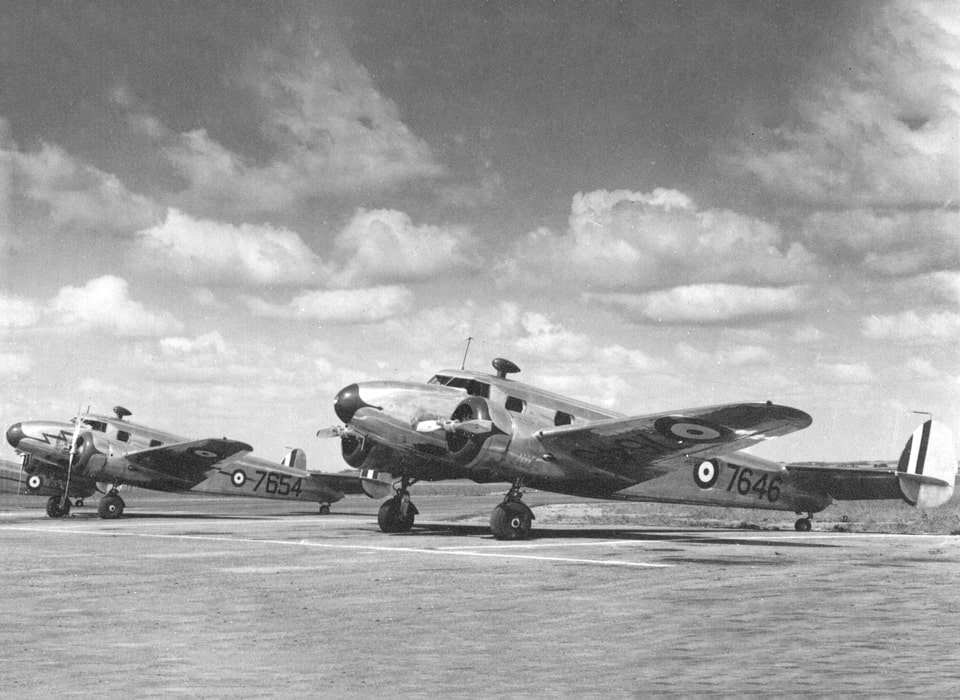


June 1940
TOS:June 1940
SOS:May 1945
Designer:Lockheed
Manufacturer:Lockheed
Categorie(s):Transport




June 1940
TOS:June 1940
SOS:December 1960
Designer:North American
Manufacturer:North American, Noorduyn
Categorie(s):Trainer




July 1940
TOS:July 1940
SOS:January 1945
Designer:de Havilland
Manufacturer:de Havilland
Categorie(s):Transport




July 1940
TOS:July 1940
SOS:June 1944
Designer:North American
Manufacturer:North American
Categorie(s):Trainer




July 1940
TOS:July 1940
SOS:January 1946
Designer:Stinson
Manufacturer:Stinson
Categorie(s):Transport




August 1940
TOS:August 1940
SOS:April 1945
Designer:Beechcraft
Manufacturer:Beechcraft
Categorie(s):Transport




August 1940
TOS:August 1940
SOS:September 1946
Designer:North American
Manufacturer:North American
Categorie(s):Trainer




August 1940
TOS:August 1940
SOS:March 1945
Designer:Northrop
Manufacturer:Northrop
Categorie(s):Trainer

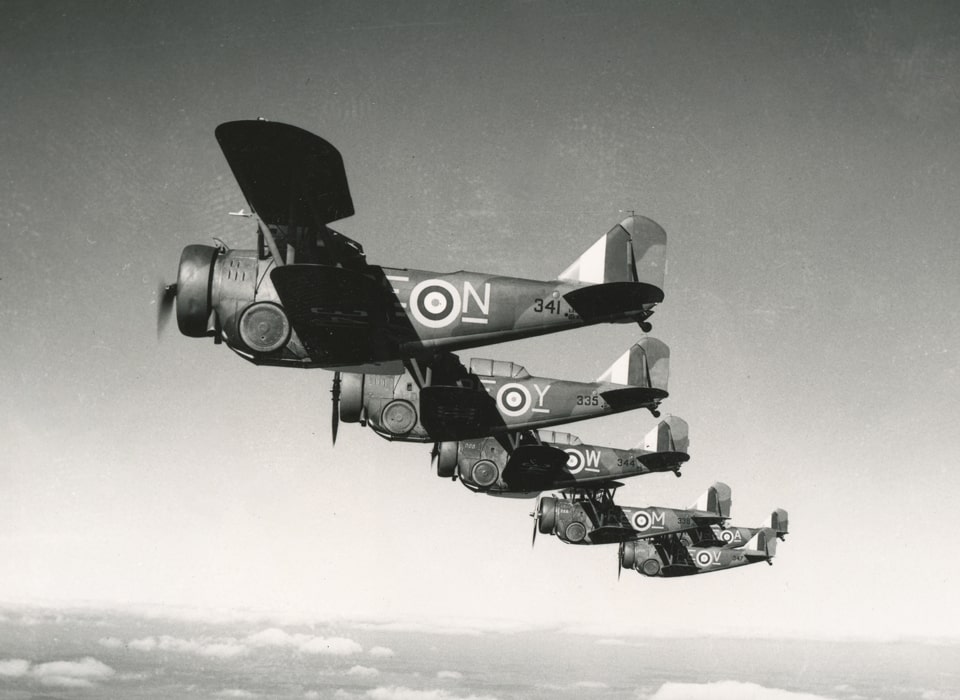


September 1940
TOS:September 1940
SOS:April 1942
Designer:Grumman
Manufacturer:Canadian Car and Foundry
Categorie(s):Fighter

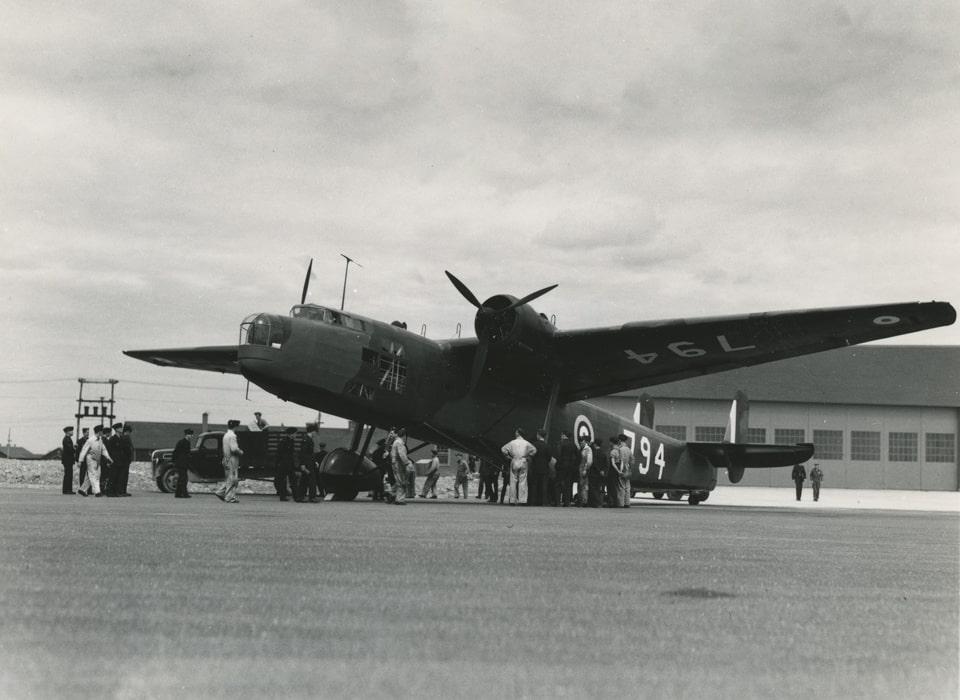


October 1940
TOS:October 1940
SOS:November 1941
Designer:Handley Page
Manufacturer:Handley Page
Categorie(s):Testing




November 1940
TOS:November 1940
SOS:October 1945
Designer:Fairchild
Manufacturer:Fairchild
Categorie(s):Transport




January 1941
TOS:January 1941
SOS:June 1947
Designer:de Havilland
Manufacturer:de Havilland
Categorie(s):Trainer




January 1941
TOS:January 1941
SOS:June 1949
Designer:Cessna
Manufacturer:Cessna
Categorie(s):Trainer




February 1941
TOS:February 1941
SOS:July 1945
Designer:Bristol
Manufacturer:Bristol
Categorie(s):Light bomber




June 1941
TOS:June 1941
SOS:December 1946
Designer:Consolidated
Manufacturer:Consolidated
Categorie(s):Maritime Patrol




June 1941
TOS:June 1941
SOS:March 1945
Designer:Fleet
Manufacturer:Fleet
Categorie(s):Trainer




August 1941
TOS:August 1941
SOS:October 1944
Designer:Bristol
Manufacturer:Bristol
Categorie(s):Torpedo Bomber




August 1941
TOS:August 1941
SOS:April 1962
Designer:Consolidated
Manufacturer:Boeing Canada, Canadian Vickers/Canadair
Categorie(s):Maritime Patrol, Aerial Surveying, Transport, Search and Rescue




September 1941
TOS:September 1941
SOS:October 1945
Designer:de Havilland
Manufacturer:de Havilland
Categorie(s):General duties




October 1941
TOS:October 1941
SOS:December 1946
Designer:Curtiss
Manufacturer:Curtiss
Categorie(s):Fighter




October 1941
TOS:October 1941
SOS:October 1945
Designer:Douglas
Manufacturer:Douglas
Categorie(s):Testing




November 1941
TOS:November 1941
SOS:November 1941
Designer:Bell Aircraft
Manufacturer:Bell Aircraft
Categorie(s):Testing




December 1941
TOS:December 1941
SOS:August 1944
Designer:Handley Page
Manufacturer:Canadian Associated Aircraft
Categorie(s):Bomber, Torpedo Bomber, Trainer




March 1942
TOS:March 1942
SOS:August 1942
Designer:Martin
Manufacturer:Martin
Categorie(s):Bomber




March 1942
TOS:March 1942
SOS:April 1943
Designer:Stearman
Manufacturer:Stearman
Categorie(s):Trainer




April 1942
TOS:April 1942
SOS:April 1943
Designer:Hawker
Manufacturer:Hawker
Categorie(s):Fighter

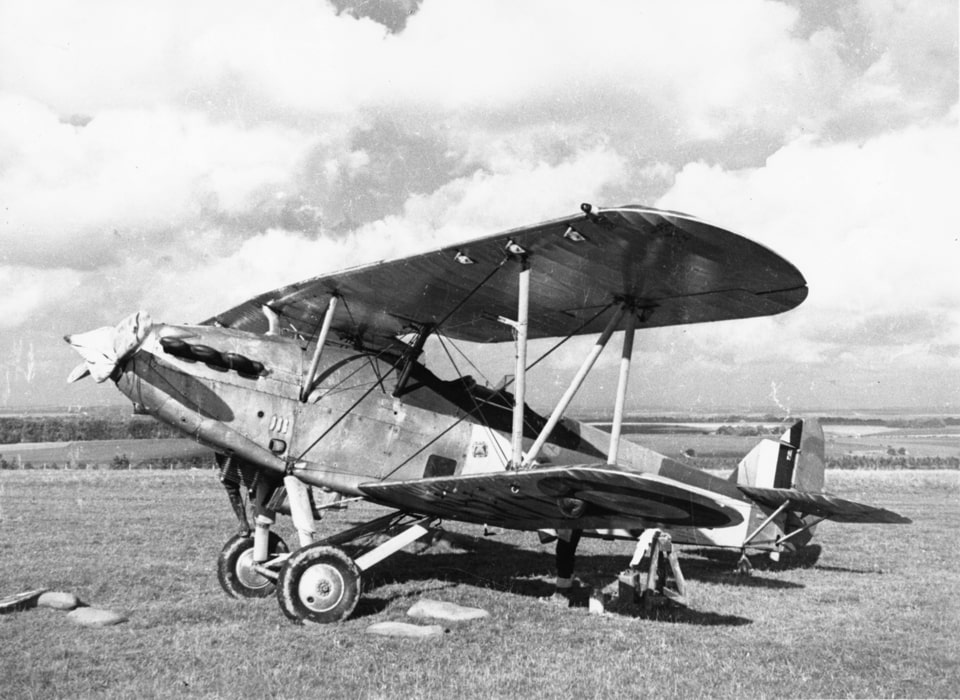


May 1942
TOS:May 1942
SOS:October 1943
Designer:Hawker
Manufacturer:Hawker
Categorie(s):




June 1942
TOS:June 1942
SOS:March 1957
Designer:Lockheed
Manufacturer:Lockheed
Categorie(s):Maritime Patrol, Training




July 1942
TOS:July 1942
SOS:May 1948
Designer:Fairchild
Manufacturer:Fairchild Aircraft Division (Canada)
Categorie(s):Trainer




July 1942
TOS:July 1942
SOS:February 1962
Designer:North American
Manufacturer:North American
Categorie(s):Bomber, Trainer, Aerial Surveying, Transport




September 1942
TOS:September 1942
SOS:December 1942
Designer:Waco
Manufacturer:Waco
Categorie(s):Glider




September 1942
TOS:September 1942
SOS:June 1945
Designer:General Aircraft
Manufacturer:General Aircraft
Categorie(s):Glider




October 1942
TOS:October 1942
SOS:September 1944
Designer:Fleet
Manufacturer:Fleet
Categorie(s):Transport




November 1942
TOS:November 1942
SOS:August 1943
Designer:Curtiss
Manufacturer:Curtiss
Categorie(s):Fighter




January 1943
TOS:January 1943
SOS:November 1946
Designer:Brewster
Manufacturer:Brewster
Categorie(s):Training, Utility

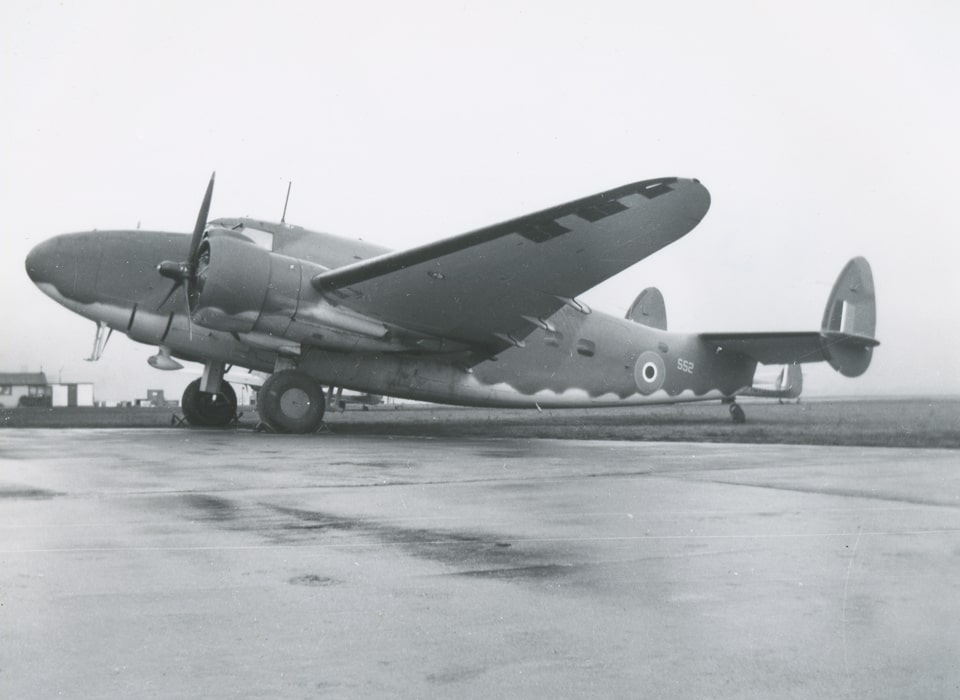


January 1943
TOS:January 1943
SOS:February 1948
Designer:Lockheed
Manufacturer:Lockheed
Categorie(s):Transport




March 1943
TOS:March 1943
SOS:May 1944
Designer:Curtiss
Manufacturer:Curtiss
Categorie(s):Trainer




March 1943
TOS:March 1943
SOS:September 1990
Designer:Douglas
Manufacturer:Douglas
Categorie(s):Transport, Training, Search and Rescue




April 1943
TOS:April 1943
SOS:June 1948
Designer:Consolidated
Manufacturer:Consolidated
Categorie(s):Maritime Patrol, Transport




April 1943
TOS:April 1943
SOS:September 1951
Designer:de Havilland
Manufacturer:de Havilland Aircraft of Canada
Categorie(s):Bomber, Night Fighter, Maritime Strike, Reconnaissance




May 1943
TOS:May 1943
SOS:February 1949
Designer:Fairey
Manufacturer:Fairey
Categorie(s):Testing




May 1943
TOS:May 1943
SOS:December 1947
Designer:Supermarine
Manufacturer:Supermarine
Categorie(s):Maritime Patrol




September 1943
TOS:September 1943
SOS:September 1946
Designer:Curtiss
Manufacturer:Curtiss
Categorie(s):Fighter




December 1943
TOS:December 1943
SOS:May 1972
Designer:Beechcraft
Manufacturer:Beechcraft
Categorie(s):Trainer, Transport




December 1943
TOS:December 1943
SOS:December 1946
Designer:Boeing
Manufacturer:Boeing
Categorie(s):Transport




January 1944
TOS:January 1944
SOS:May 1965
Designer:Avro
Manufacturer:Avro (1) Victory Aircraft
Categorie(s):Maritime Patrol, Arctic Patrol, Aerial surveying




July 1944
TOS:July 1944
SOS:June 1947
Designer:Handley Page
Manufacturer:Handley Page
Categorie(s):Bomber, Maritime Patrol, Transport, Glider Tug




September 1944
TOS:September 1944
SOS:June 1955
Designer:Waco
Manufacturer:Waco
Categorie(s):Glider

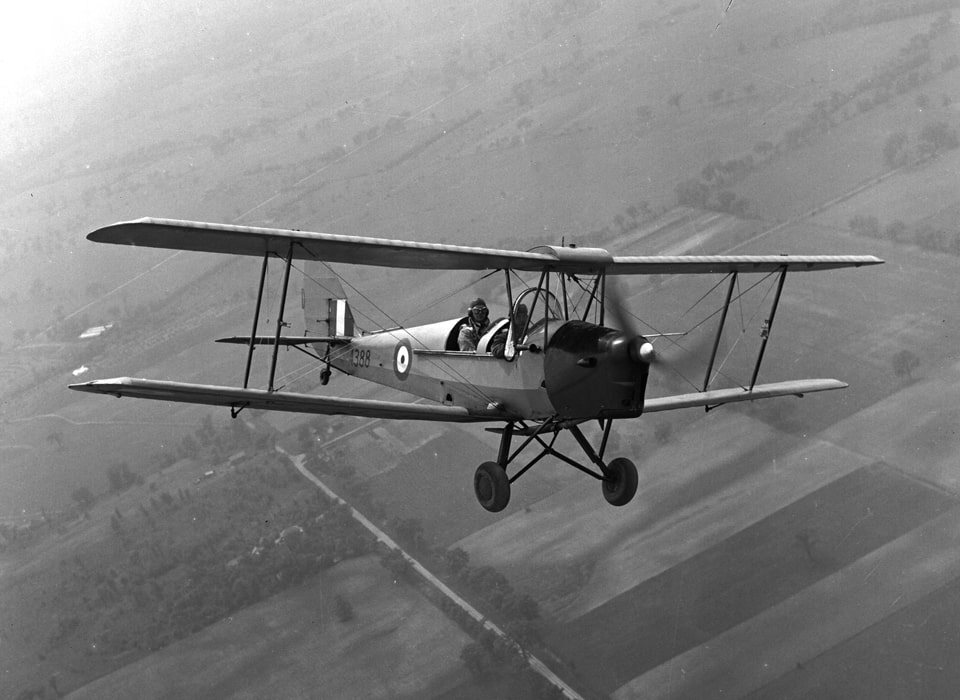


February 1945
TOS:February 1945
SOS:April 1957
Designer:de Havilland
Manufacturer:de Havilland (Canada)
Categorie(s):Trainer

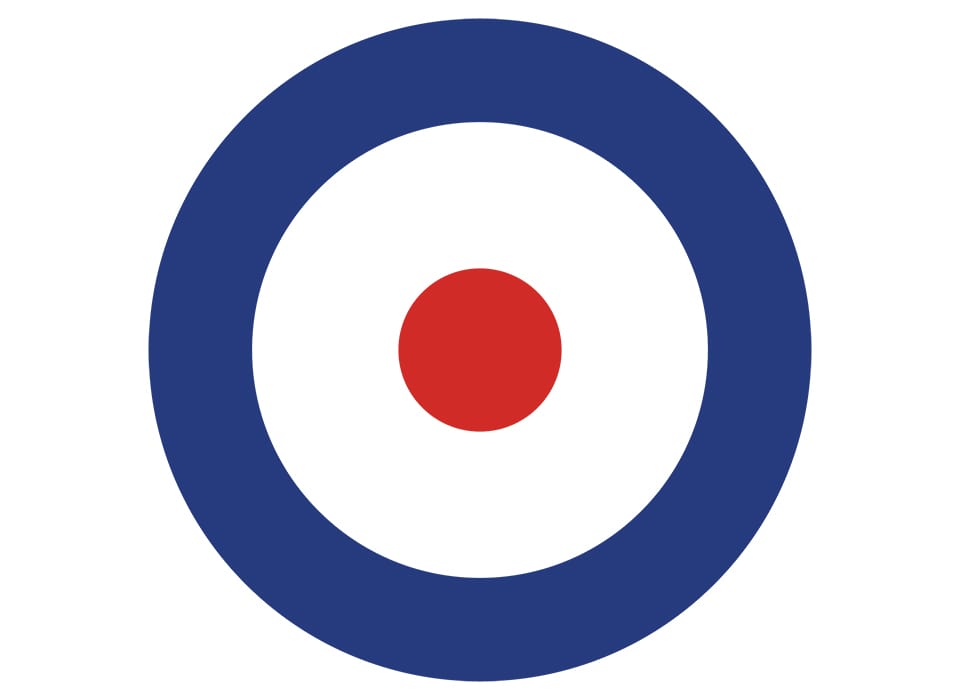


August 1945
TOS:August 1945
SOS:May 1951
Designer:Supermarine
Manufacturer:Supermarine
Categorie(s):Fighter




September 1945
TOS:September 1945
SOS:June 1955
Designer:Gloster Aircraft
Manufacturer:Gloster Aircraft
Categorie(s):Fighter




January 1946
TOS:January 1946
SOS:October 1953
Designer:Avro
Manufacturer:Canadian Car and Foundry (Amherst), McDonald Brothers
Categorie(s):Transport




February 1946
TOS:February 1946
SOS:November 1948
Designer:Avro
Manufacturer:Victory Aircraft
Categorie(s):Bomber




February 1946
TOS:February 1946
SOS:February 1947
Designer:Hawker
Manufacturer:Hawker
Categorie(s):Fighter

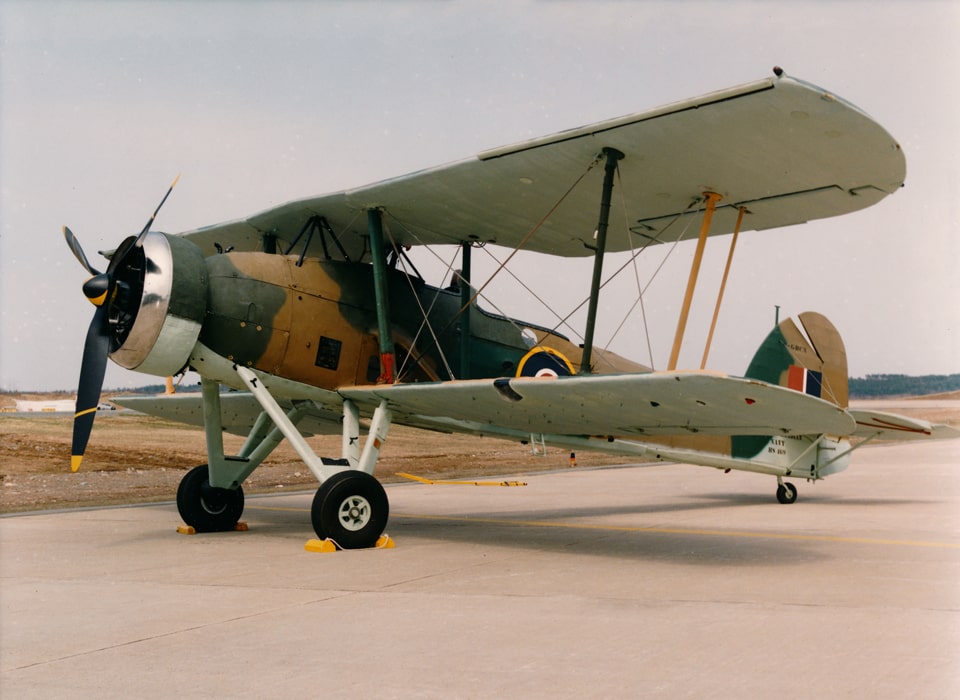


March 1946
TOS:March 1946
SOS:November 1948
Designer:Fairey
Manufacturer:Fairey
Categorie(s):Torpedo Bomber




March 1946
TOS:March 1946
SOS:December 1947
Designer:Supermarine
Manufacturer:Supermarine
Categorie(s):Search and Rescue, Patrol




June 1946
TOS:June 1946
SOS:March 1954
Designer:Fairey
Manufacturer:Fairey
Categorie(s):Trainer




June 1946
TOS:June 1946
SOS:March 1954
Designer:Fairey
Manufacturer:Fairey
Categorie(s):Fighter - Reconnaissance




July 1946
TOS:July 1946
SOS:November 1949
Designer:Consolidated
Manufacturer:Consolidated
Categorie(s):Transport




November 1946
TOS:November 1946
SOS:June 1958
Designer:de Havilland
Manufacturer:English Electric
Categorie(s):Fighter




September 1946
TOS:September 1946
SOS:September 1950
Designer:Waco
Manufacturer:Waco
Categorie(s):Glider




September 1946
TOS:September 1946
SOS:October 1947
Designer:Waco
Manufacturer:Waco
Categorie(s):Powered glider




December 1946
TOS:December 1946
SOS:July 1949
Designer:Schweitzer
Manufacturer:Schweitzer
Categorie(s):Glider

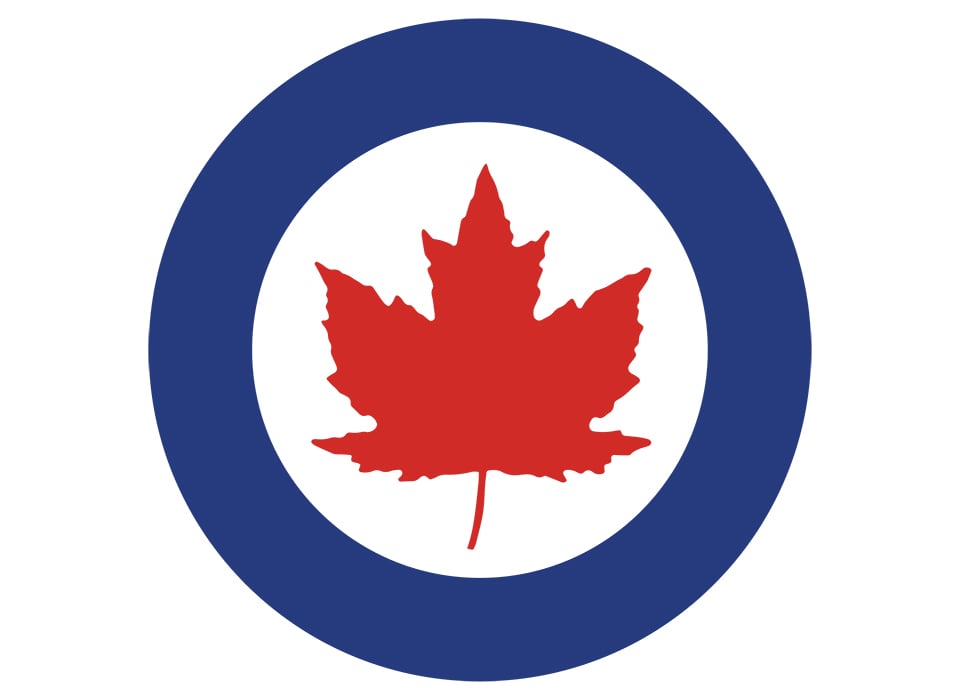


April 1947
TOS:April 1947
SOS:April 1965
Designer:Sikorsky
Manufacturer:Sikorsky
Categorie(s):Transport, Training, Search and Rescue




June 1947
TOS:June 1947
SOS:August 1961
Designer:North American
Manufacturer:North American
Categorie(s):Fighter, Fighter-Bomber, Reconnaissance




August 1947
TOS:August 1947
SOS:December 1960
Designer:North American
Manufacturer:Noorduyn
Categorie(s):Trainer




September 1947
TOS:September 1947
SOS:October 1966
Designer:Douglas
Manufacturer:Canadair
Categorie(s):Transport




February 1948
TOS:February 1948
SOS:November 1948
Designer:de Havilland
Manufacturer:de Havilland
Categorie(s):Testing




February 1948
TOS:February 1948
SOS:November 1948
Designer:Percival
Manufacturer:Percival
Categorie(s):Testing




February 1948
TOS:February 1948
SOS:January 1949
Designer:Fairey
Manufacturer:Fairey
Categorie(s):Fighter - Reconnaissance




March 1948
TOS:March 1948
SOS:May 1958
Designer:Auster
Manufacturer:Auster
Categorie(s):Tactical Aviation, Training




April 1948
TOS:April 1948
SOS:February 1972
Designer:de Havilland Canada
Manufacturer:de Havilland Canada
Categorie(s):Trainer

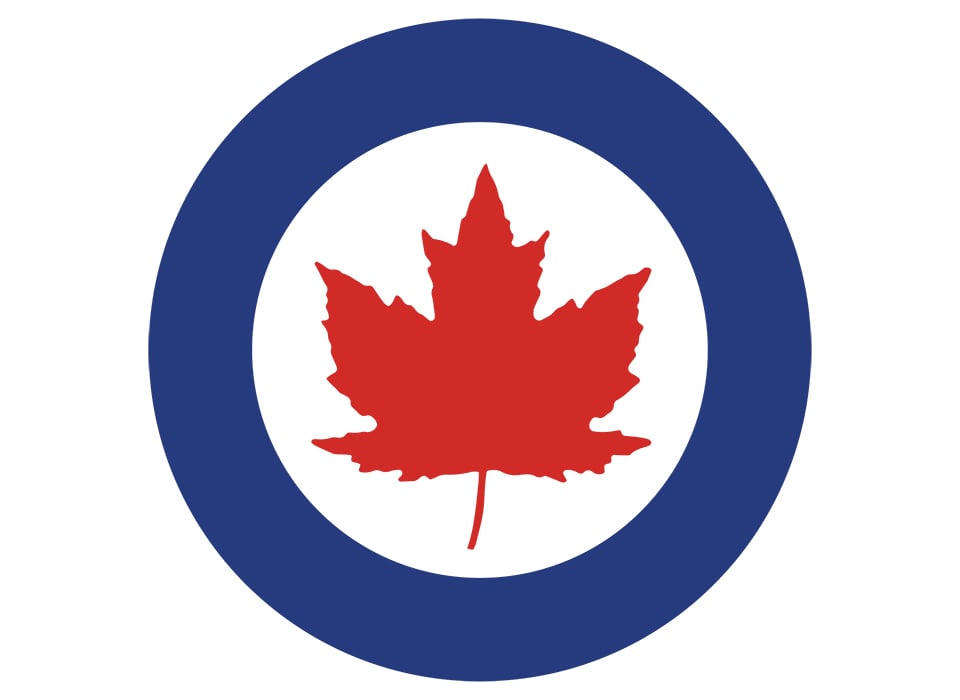


May 1948
TOS:May 1948
SOS:April 1957
Designer:Hawker
Manufacturer:Hawker
Categorie(s):Fighter-bomber

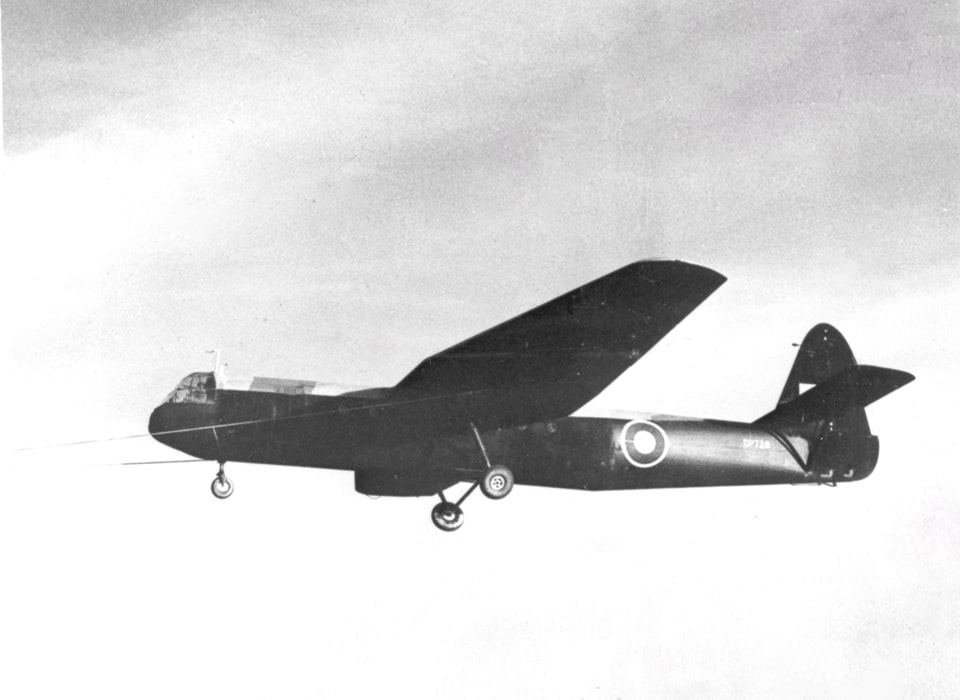


December 1948
TOS:December 1948
SOS:July 1950
Designer:Airspeed
Manufacturer:Airspeed
Categorie(s):Glider




December 1948
TOS:December 1948
SOS:September 1965
Designer:Bell
Manufacturer:Bell
Categorie(s):Helicopter trainer




February 1949
TOS:February 1949
SOS:February 1953
Designer:Fairey
Manufacturer:Fairey
Categorie(s):Anti-Submarine, Strike




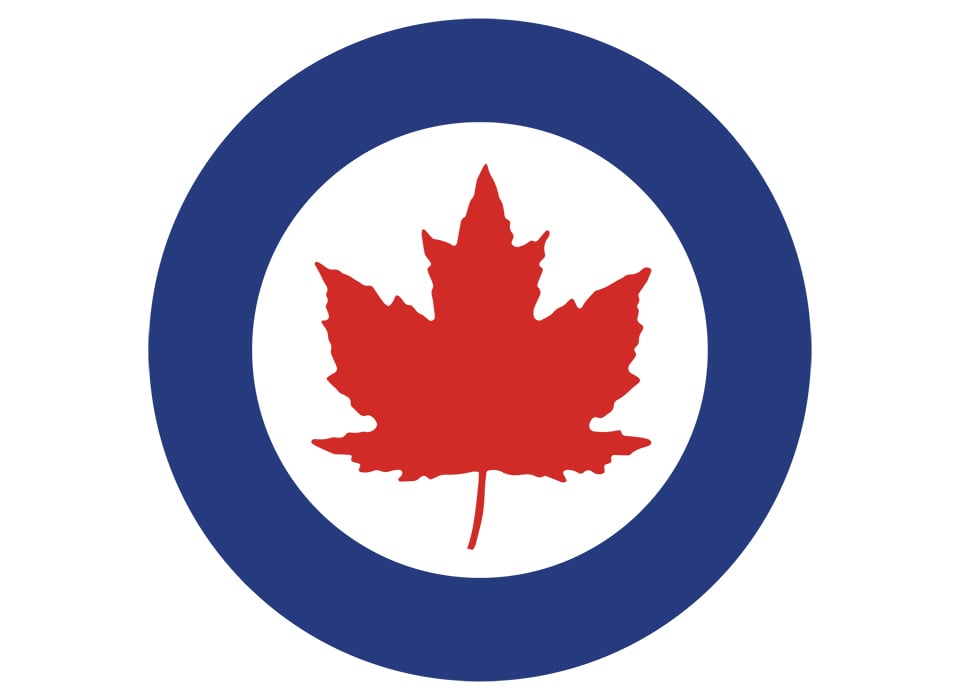


May 1950
TOS:May 1950
SOS:July 1960
Designer:Grumman
Manufacturer:Grumman
Categorie(s):Anti-Submarine




July 1950
TOS:July 1950
SOS:July 1967
Designer:Canadair
Manufacturer:Canadair
Categorie(s):Transport




August 1950
TOS:August 1950
SOS:February 1977
Designer:North American
Manufacturer:Canadair
Categorie(s):Fighter




May 1951
TOS:May 1951
SOS:May 2005
Designer:Lockheed
Manufacturer:Canadair, Lockheed (30)
Categorie(s):Trainer, Testing, Air Demonstration




May 1951
TOS:May 1951
SOS:February 1954
Designer:North American
Manufacturer:North American
Categorie(s):Trainer

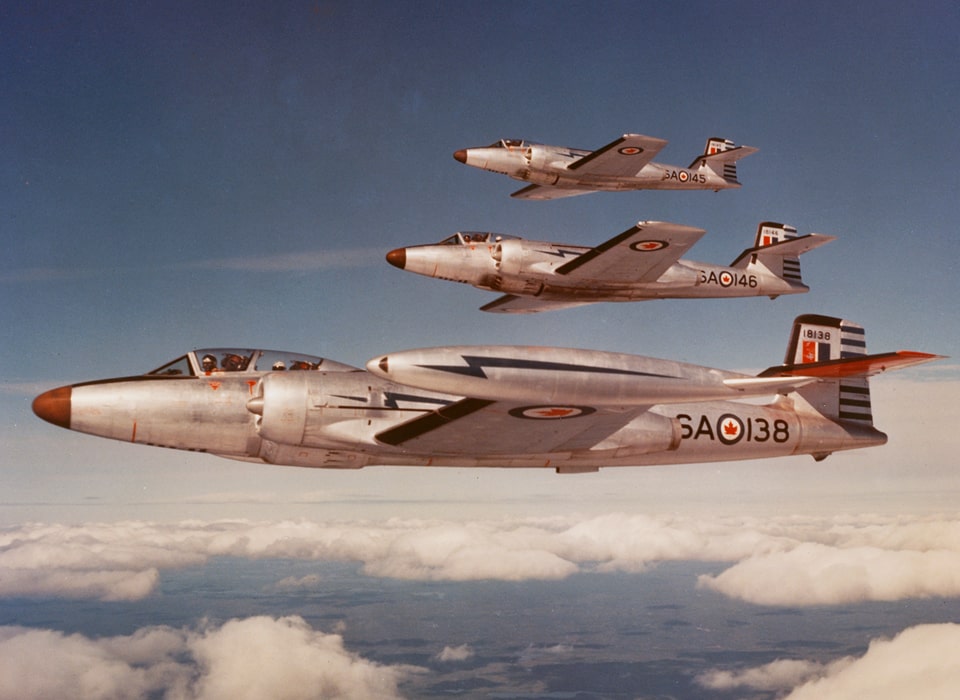


June 1951
TOS:June 1951
SOS:March 1984
Designer:Avro Canada
Manufacturer:Avro Canada
Categorie(s):All-weather fighter, Electronic Warfare




August 1951
TOS:August 1951
SOS:May 1967
Designer:Bell
Manufacturer:Bell
Categorie(s):Trainer




November 1951
TOS:November 1951
SOS:March 1968
Designer:North American
Manufacturer:Canadian Car and Foundry
Categorie(s):Trainer




April 1952
TOS:April 1952
SOS:May 1967
Designer:Bristol
Manufacturer:Bristol
Categorie(s):Transport




September 1952
TOS:September 1952
SOS:October 1970
Designer:Beechcraft
Manufacturer:Beechcraft
Categorie(s):Trainer




September 1952
TOS:September 1952
SOS:September 1967
Designer:Fairchild
Manufacturer:Fairchild
Categorie(s):Transport




October 1952
TOS:October 1952
SOS:March 1959
Designer:Grumman
Manufacturer:Grumman
Categorie(s):Airborne early warning




December 1952
TOS:December 1952
SOS:May 1970
Designer:Sikorsky
Manufacturer:Sikorsky
Categorie(s):Utility, Anti-Submarine, Search and Rescue




February 1953
TOS:February 1953
SOS:May 1984
Designer:de Havilland Canada
Manufacturer:de Havilland Canada
Categorie(s):Transport, Training, Search and Rescue




April 1953
TOS:April 1953
SOS:July 1965
Designer:de Havilland
Manufacturer:de Havilland
Categorie(s):Transport, Training




May 1954
TOS:May 1954
SOS:March 1956
Designer:Beechcraft
Manufacturer:Beechcraft
Categorie(s):Trainer




May 1954
TOS:May 1954
SOS:December 1964
Designer:Piasecki
Manufacturer:Piasecki
Categorie(s):Medical Evacuations, Search and Rescue, Transport




June 1954
TOS:June 1954
SOS:September 1969
Designer:Lockheed
Manufacturer:Canadair
Categorie(s):Trainer




September 1954
TOS:September 1954
SOS:May 1973
Designer:Piasecki / Vertol
Manufacturer:Piasecki / Vertol
Categorie(s):Search and Rescue, Airlift




October 1954
TOS:October 1954
SOS:October 1983
Designer:Cessna
Manufacturer:Cessna
Categorie(s):Light observation, trainer




October 1954
TOS:October 1954
SOS:April 1966
Designer:Sikorsky
Manufacturer:Sikorsky
Categorie(s):Transport




March 1955
TOS:March 1955
SOS:March 1970
Designer:Lockheed
Manufacturer:Lockheed
Categorie(s):Maritime Patrol




November 1955
TOS:November 1955
SOS:January 1973
Designer:Sikorsky
Manufacturer:Sikorsky
Categorie(s):Transport, Search and Rescue, Training




November 1955
TOS:November 1955
SOS:September 1962
Designer:McDonnell
Manufacturer:McDonnell
Categorie(s):Fighter, Air Demonstration



December 1955
TOS:December 1955
SOS:May 1994
Designer:Grumman
Manufacturer:de Havilland Canada
Categorie(s):Maritime Patrol


December 1955
TOS:December 1955
SOS:March 1983
Designer:Grumman
Manufacturer:de Havilland Canada
Categorie(s):Anti-Submarine
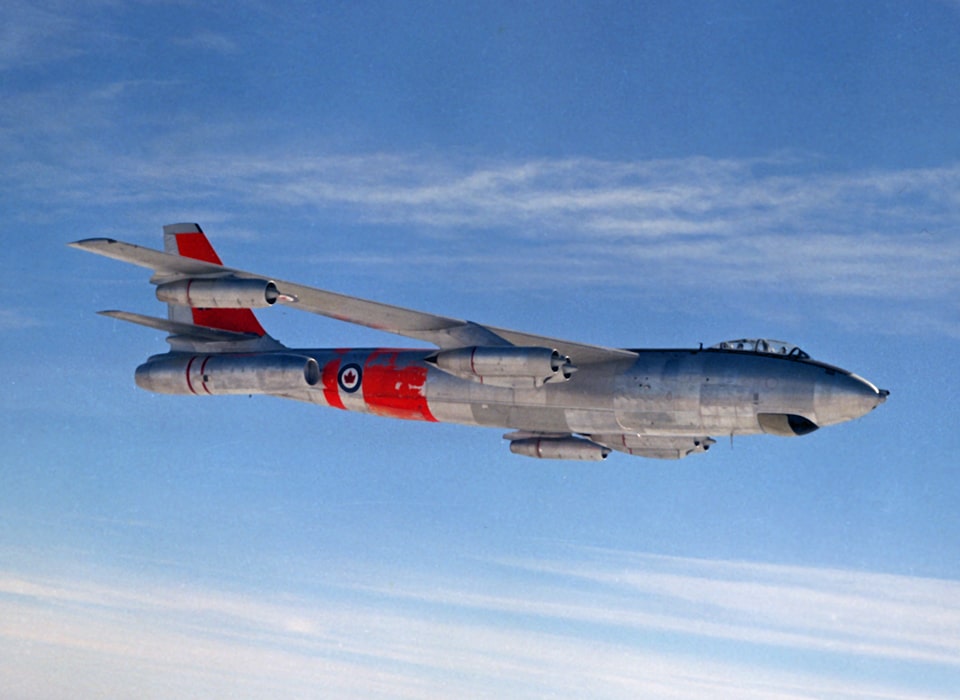


March 1956
TOS:March 1956
SOS:May 1959
Designer:Boeing
Manufacturer:Boeing
Categorie(s):Test bed




May 1957
TOS:May 1957
SOS:September 1981
Designer:Canadair
Manufacturer:Canadair
Categorie(s):Maritime Patrol




January 1958
TOS:January 1958
SOS:September 1975
Designer:Grumman
Manufacturer:de Havilland Canada
Categorie(s):Transport




February 1958
TOS:February 1958
SOS:July 1959
Designer:Avro Canada
Manufacturer:Avro Canada
Categorie(s):Interceptor




March 1958
TOS:March 1958
SOS:July 1973
Designer:Vertol
Manufacturer:Vertol
Categorie(s):Search and Rescue



October 1958
TOS:October 1958
SOS:May 1994
Designer:Grumman
Manufacturer:de Havilland Canada
Categorie(s):Anti-Submarine



November 1958
TOS:November 1958
SOS:October 1988
Designer:Canadair
Manufacturer:Canadair
Categorie(s):Maritime Patrol



May 1959
TOS:May 1959
SOS:June 1993
Designer:Grumman
Manufacturer:de Havilland Canada
Categorie(s):Anti-Submarine



November 1959
TOS:November 1959
SOS:November 1971
Designer:Canadair
Manufacturer:Canadair
Categorie(s):Transport







April 1960
TOS:April 1960
SOS:June 2005
Designer:Convair
Manufacturer:Canadair
Categorie(s):Transport




July 1960
TOS:July 1960
SOS:August 1971
Designer:Grumman
Manufacturer:Grumman
Categorie(s):Search and Rescue




July 1960
TOS:July 1960
SOS:September 1971
Designer:de Havilland Canada
Manufacturer:de Havilland Canada
Categorie(s):Transport




October 1960
TOS:October 1960
SOS:March 1967
Designer:Lockheed
Manufacturer:Lockheed
Categorie(s):Transport




January 1961
TOS:January 1961
SOS:March 1973
Designer:Cessna
Manufacturer:Cessna
Categorie(s):Light observation,




March 1961
TOS:March 1961
SOS:November 1988
Designer:Lockheed
Manufacturer:Canadair, Lockheed (1 aircraft)
Categorie(s):Interceptor

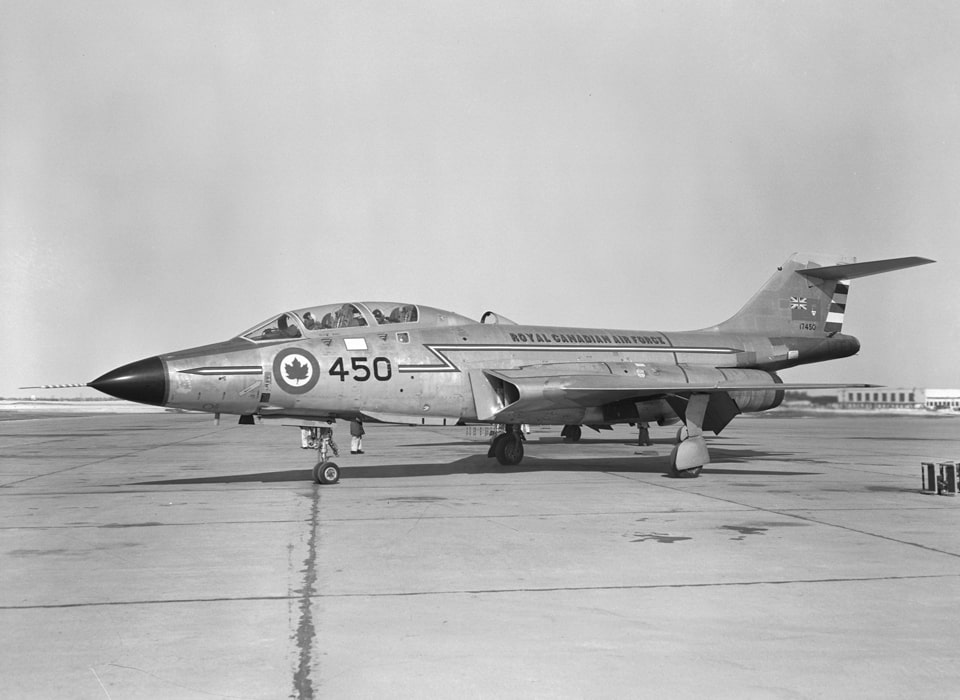


July 1961
TOS:July 1961
SOS:December 1971
Designer:McDonnell
Manufacturer:McDonnell
Categorie(s):Fighter




August 1961
TOS:August 1961
SOS:June 1973
Designer:Hiller
Manufacturer:Hiller
Categorie(s):Tactical Aviation

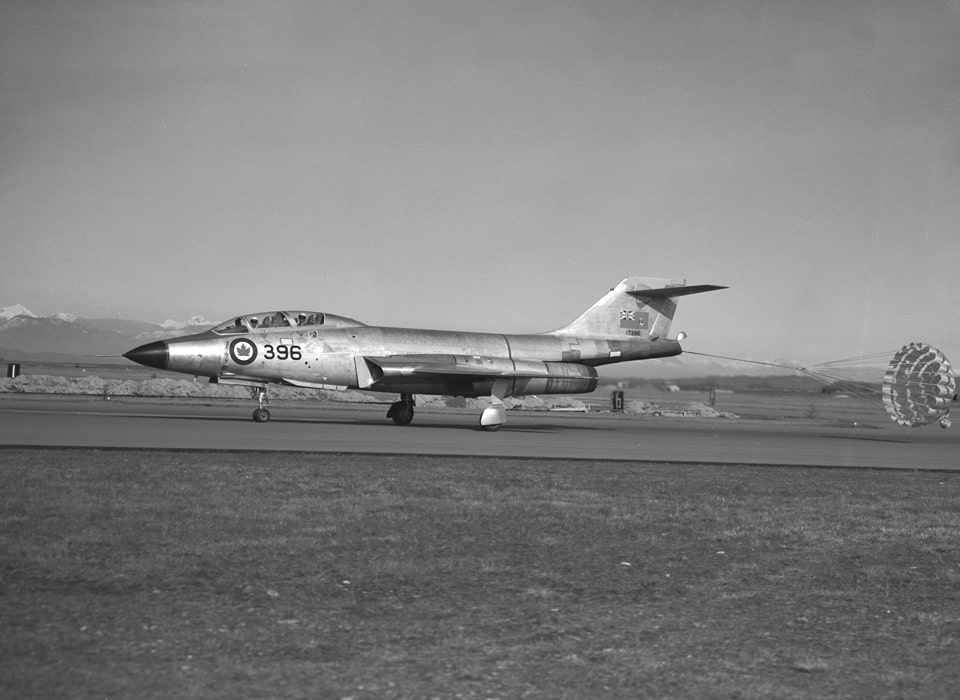


September 1961
TOS:September 1961
SOS:December 1971
Designer:McDonnell
Manufacturer:McDonnell
Categorie(s):Trainer




January 1962
TOS:January 1962
SOS:April 1986
Designer:Lockheed
Manufacturer:Lockheed
Categorie(s):Trainer




May 1963
TOS:May 1963
SOS:November 2020
Designer:Sikorsky
Manufacturer:Sikorsky, United Aircraft Canada
Categorie(s):Anti-Submarine, Maritime Patrol, Transport, Search and Rescue




September 1963
TOS:September 1963
SOS:July 2004
Designer:Boeing Vertol
Manufacturer:Boeing Vertol
Categorie(s):Search and Rescue




December 1963
TOS:December 1963
SOS:n/a Present
Designer:Canadair
Manufacturer:Canadair
Categorie(s):Trainer, Air Demonstration




September 1964
TOS:September 1964
SOS:July 2004
Designer:Boeing Vertol
Manufacturer:Boeing Vertol
Categorie(s):Tactical Aviation, Search and Rescue




November 1964
TOS:November 1964
SOS:April 1986
Designer:Lockheed
Manufacturer:Lockheed
Categorie(s):Trainer




December 1964
TOS:December 1964
SOS:April 2016
Designer:Lockheed
Manufacturer:Lockheed
Categorie(s):Transport




May 1967
TOS:May 1967
SOS:November 1989
Designer:Dassault
Manufacturer:Dassault
Categorie(s):Transport

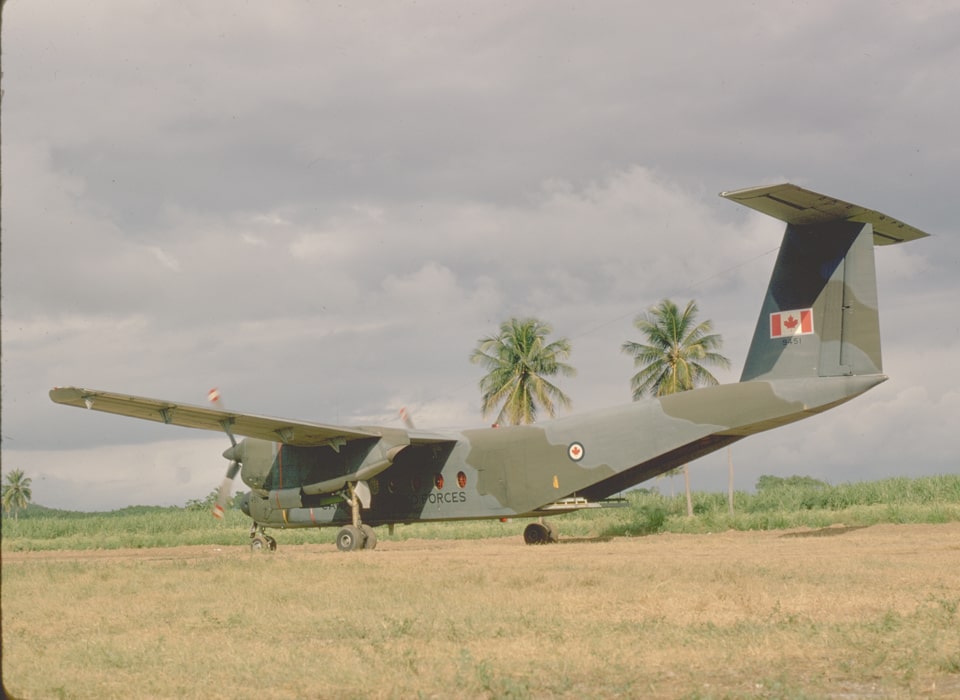


July 1967
TOS:July 1967
SOS:January 2022
Designer:de Havilland Canada
Manufacturer:de Havilland Canada
Categorie(s):Transport, Search and Rescue




February 1968
TOS:February 1968
SOS:January 1996
Designer:Bell
Manufacturer:Bell
Categorie(s):Search and Rescue, Utility




February 1968
TOS:February 1968
SOS:April 1995
Designer:Northrop
Manufacturer:Canadair
Categorie(s):Tactical Aviation, Air Demonstration




October 1968
TOS:October 1968
SOS:March 1995
Designer:Northrop
Manufacturer:Canadair
Categorie(s):Trainer

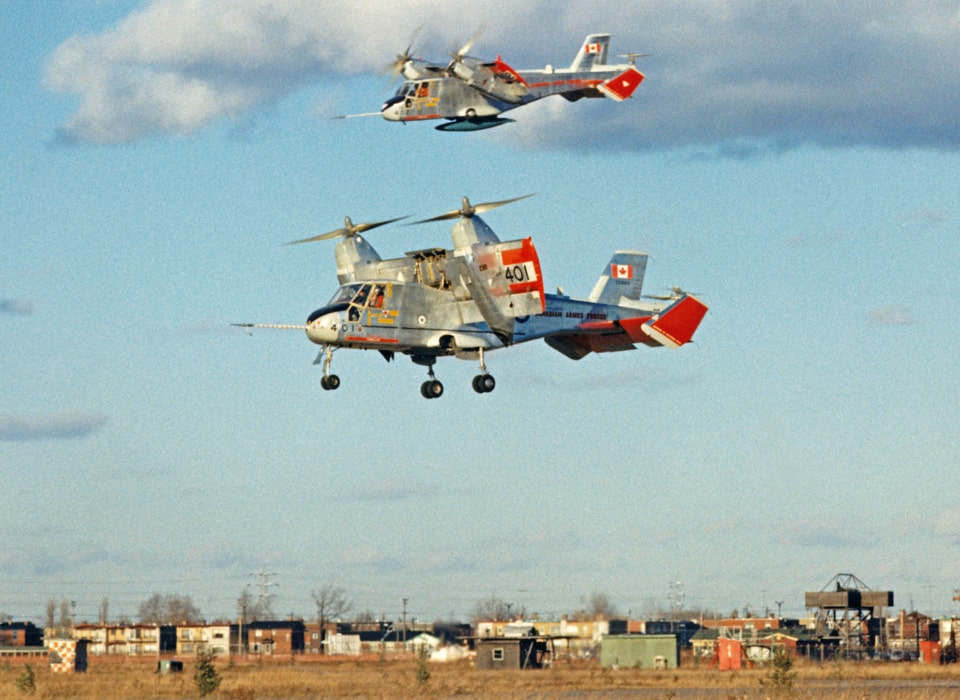


July 1969
TOS:July 1969
SOS:March 1975
Designer:Canadair
Manufacturer:Canadair
Categorie(s):STOL demonstrator







February 1970
TOS:February 1970
SOS:February 1997
Designer:Boeing
Manufacturer:Boeing
Categorie(s):Transport, Air-to-air refueling




June 1970
TOS:June 1970
SOS:August 1990
Designer:McDonnell
Manufacturer:McDonnell
Categorie(s):Trainer




July 1970
TOS:July 1970
SOS:June 1990
Designer:McDonnell
Manufacturer:McDonnell
Categorie(s):Fighter

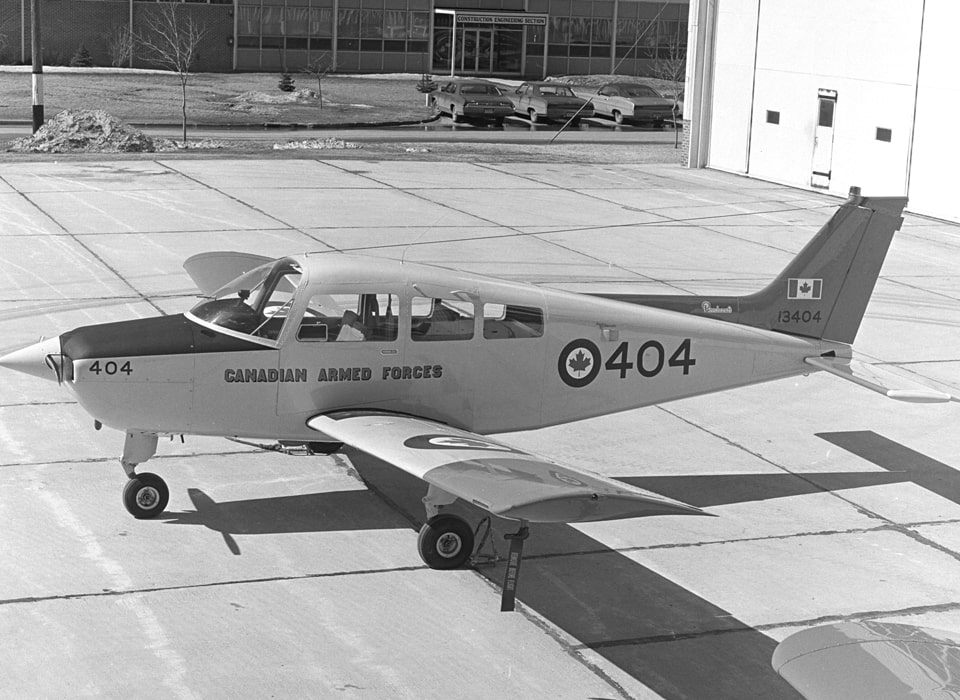


March 1971
TOS:March 1971
SOS:February 1989
Designer:Beechcraft
Manufacturer:Beechcraft
Categorie(s):Trainer

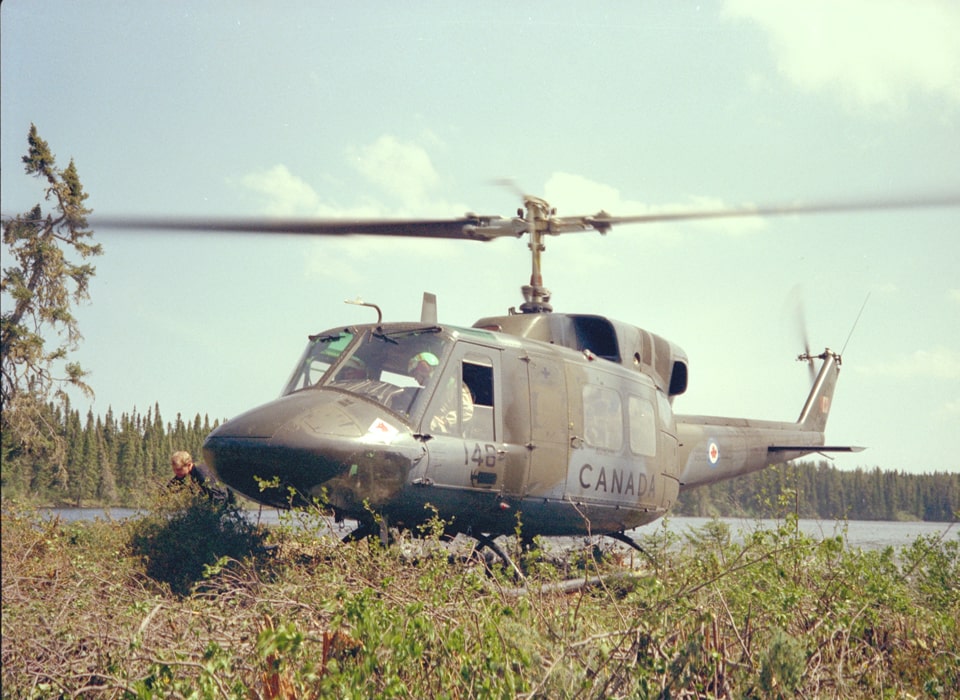


April 1971
TOS:April 1971
SOS:February 1995
Designer:Bell
Manufacturer:Bell
Categorie(s):Tactical Aviation, Search and Rescue




July 1971
TOS:July 1971
SOS:n/a Present
Designer:de Havilland Canada
Manufacturer:de Havilland Canada
Categorie(s):Transport, Search and Rescue




November 1971
TOS:November 1971
SOS:March 1995
Designer:Bell
Manufacturer:Bell
Categorie(s):Light observation, Trainer




October 1974
TOS:October 1974
SOS:February 1992
Designer:Boeing Vertol
Manufacturer:Boeing Vertol
Categorie(s):Tactical Aviation, Search and Rescue




October 1974
TOS:October 1974
SOS:n/a Present
Designer:Lockheed
Manufacturer:Lockheed
Categorie(s):Tactical Transport, Search and Rescue, Air-to-Air Refueling




November 1979
TOS:November 1979
SOS:n/a Present
Designer:Bellanca
Manufacturer:Bellanca
Categorie(s):Glider Towing




August 1979
TOS:August 1979
SOS:April 1987
Designer:de Havilland Canada
Manufacturer:de Havilland Canada
Categorie(s):Transport







May 1980
TOS:May 1980
SOS:n/a Present
Designer:Lockheed
Manufacturer:Lockheed
Categorie(s):Maritime Aviation, Tactical Surveillance, Search and Rescue




May 1981
TOS:May 1981
SOS:July 1993
Designer:Bell
Manufacturer:Bell
Categorie(s):Trainer, Utility Helicopter, Air Demonstration




June 1981
TOS:June 1981
SOS:July 1992
Designer:Beechcraft
Manufacturer:Beechcraft
Categorie(s):Trainer




October 1982
TOS:October 1982
SOS:n/a Present
Designer:McDonnell Douglas
Manufacturer:McDonnell Douglas
Categorie(s):Trainer




April 1983
TOS:April 1983
SOS:n/a Present
Designer:Canadair
Manufacturer:Canadair
Categorie(s):Transport, Electronic Warfare




May 1983
TOS:May 1983
SOS:n/a Present
Designer:McDonnell Douglas
Manufacturer:McDonnell Douglas
Categorie(s):Fighter, Air Demonstration




August 1986
TOS:August 1986
SOS:n/a Present
Designer:Canadair
Manufacturer:Canadair
Categorie(s):Transport




March 1987
TOS:March 1987
SOS:n/a Present
Designer:de Havilland Canada
Manufacturer:de Havilland Canada
Categorie(s):Trainer







n/a 1990
TOS:n/a 1990
SOS:n/a 1990
Designer:MBB
Manufacturer:MBB
Categorie(s):Testing




September 1992
TOS:September 1992
SOS:August 2005
Designer:Beechcraft
Manufacturer:Beechcraft
Categorie(s):Trainer




October 1992
TOS:October 1992
SOS:n/a 2006
Designer:Slingsby
Manufacturer:Slingsby
Categorie(s):Trainer




November 1992
TOS:November 1992
SOS:n/a Present
Designer:Airbus
Manufacturer:Airbus
Categorie(s):Transport




December 1992
TOS:December 1992
SOS:August 2016
Designer:Lockheed
Manufacturer:Lockheed
Categorie(s):Maritime Patrol, Search and Rescue, Training




November 1994
TOS:November 1994
SOS:n/a Present
Designer:Bell Helicopter Textron
Manufacturer:Bell Helicopter Textron
Categorie(s):Tactical Aviation, Search and Rescue







July 2000
TOS:July 2000
SOS:n/a Present
Designer:BAE Systems
Manufacturer:BAE Systems
Categorie(s):Fighter jet trainers




n/a 2000
TOS:n/a 2000
SOS:n/a Present
Designer:Beechcraft
Manufacturer:Beechcraft
Categorie(s):Trainer

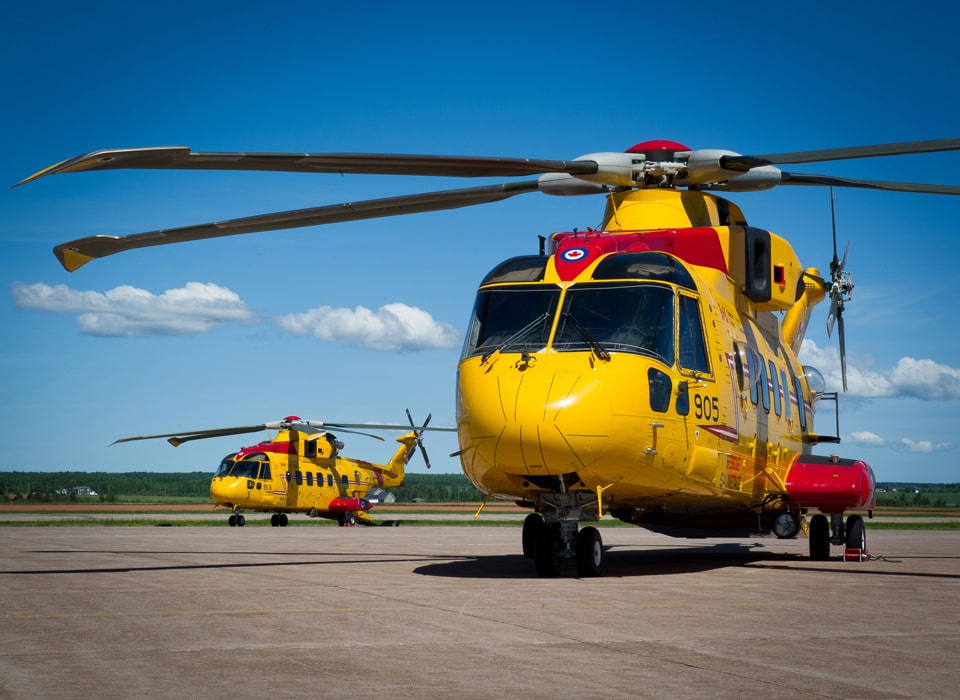


May 2000
TOS:May 2000
SOS:n/a Present
Designer:Agusta Westland
Manufacturer:Agusta Westland
Categorie(s):Search and Rescue

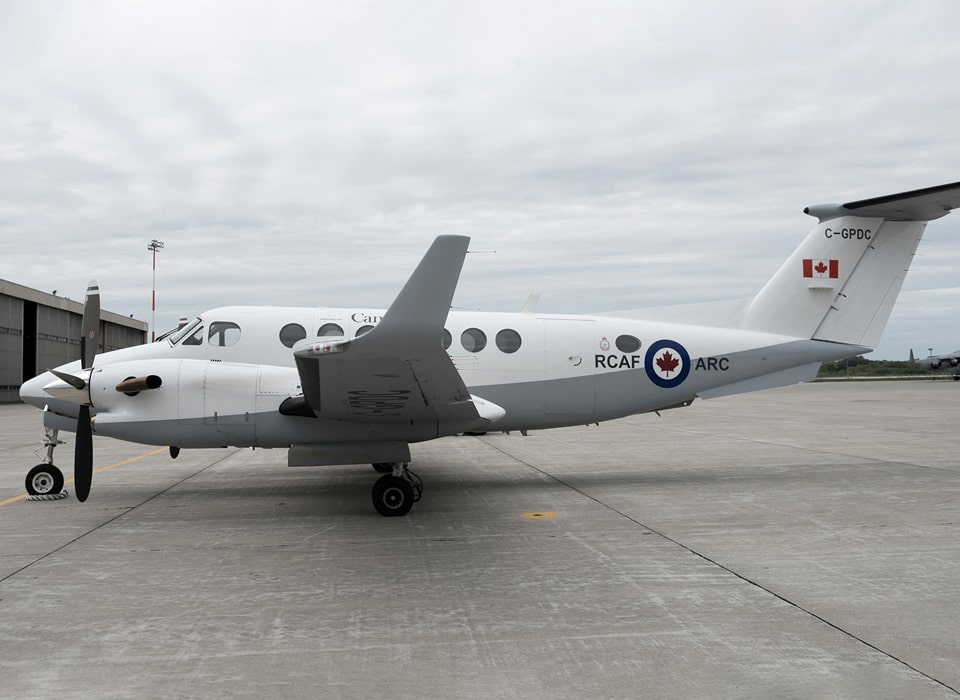


March 2006
TOS:March 2006
SOS:n/a Present
Designer:Beechcraft
Manufacturer:Beechcraft
Categorie(s):Trainer




March 2006
TOS:March 2006
SOS:n/a Present
Designer:Grob Aircraft
Manufacturer:Grob Aircraft
Categorie(s):Trainer




March 2006
TOS:March 2006
SOS:n/a Present
Designer:Bell
Manufacturer:Bell
Categorie(s):Trainer




January 2007
TOS:January 2007
SOS:n/a Present
Designer:Bell
Manufacturer:Bell
Categorie(s):Trainer




August 2007
TOS:August 2007
SOS:n/a Present
Designer:Boeing
Manufacturer:Boeing
Categorie(s):Transport




January 2009
TOS:January 2009
SOS:September 2011
Designer:Boeing Vertol
Manufacturer:Boeing Vertol
Categorie(s):Tactical Aviation







May 2010
TOS:May 2010
SOS:August 2011
Designer:Mil
Manufacturer:Kazan Helicopter
Categorie(s):Transport




June 2010
TOS:June 2010
SOS:n/a Present
Designer:Lockheed
Manufacturer:Lockheed Corporation
Categorie(s):Transport




June 2013
TOS:June 2013
SOS:n/a Present
Designer:Boeing
Manufacturer:Boeing
Categorie(s):Tactical Aviation




June 2015
TOS:June 2015
SOS:n/a Present
Designer:Sikorsky Aircraft
Manufacturer:Sikorsky Aircraft
Categorie(s):Maritime Aviation







June 2020
TOS:June 2020
SOS:n/a Present
Designer:Canadair
Manufacturer:Bombardier
Categorie(s):Transport




September 2020
TOS:September 2020
SOS:n/a Present
Designer:Airbus
Manufacturer:Airbus
Categorie(s):Search and Rescue

Taken on strength. This is the date that the RCAF/CAF took delivery of the aircraft.
Struck off strength. This is the date that the aircraft was removed from the RCAF/CAF strength.
i. Royal Canadian Navy Aircraft
ii. Also operated by Canadian Army
iii. Also Royal Canadian Navy and Canadian Army aircraft
iv. Canadian Army Aircraft
v. Also Canadian Army Aircraft
vi. Contracted Aircraft
